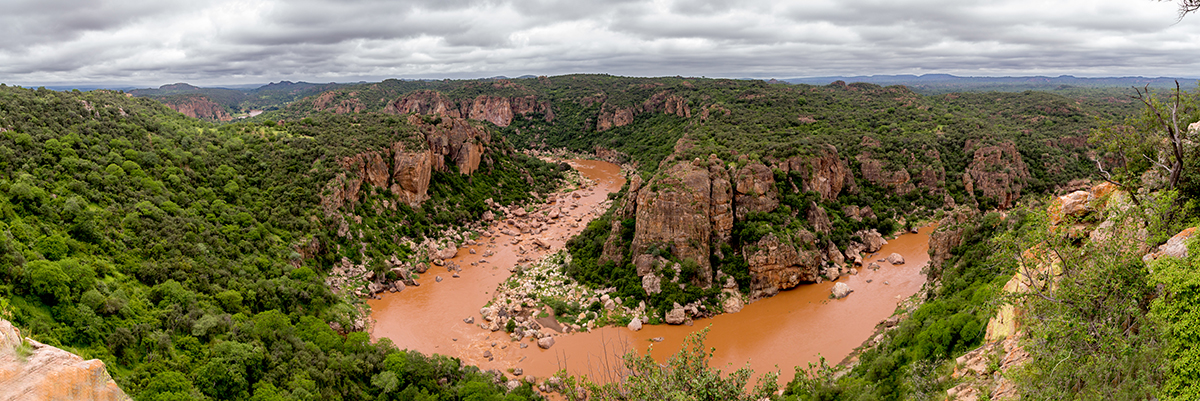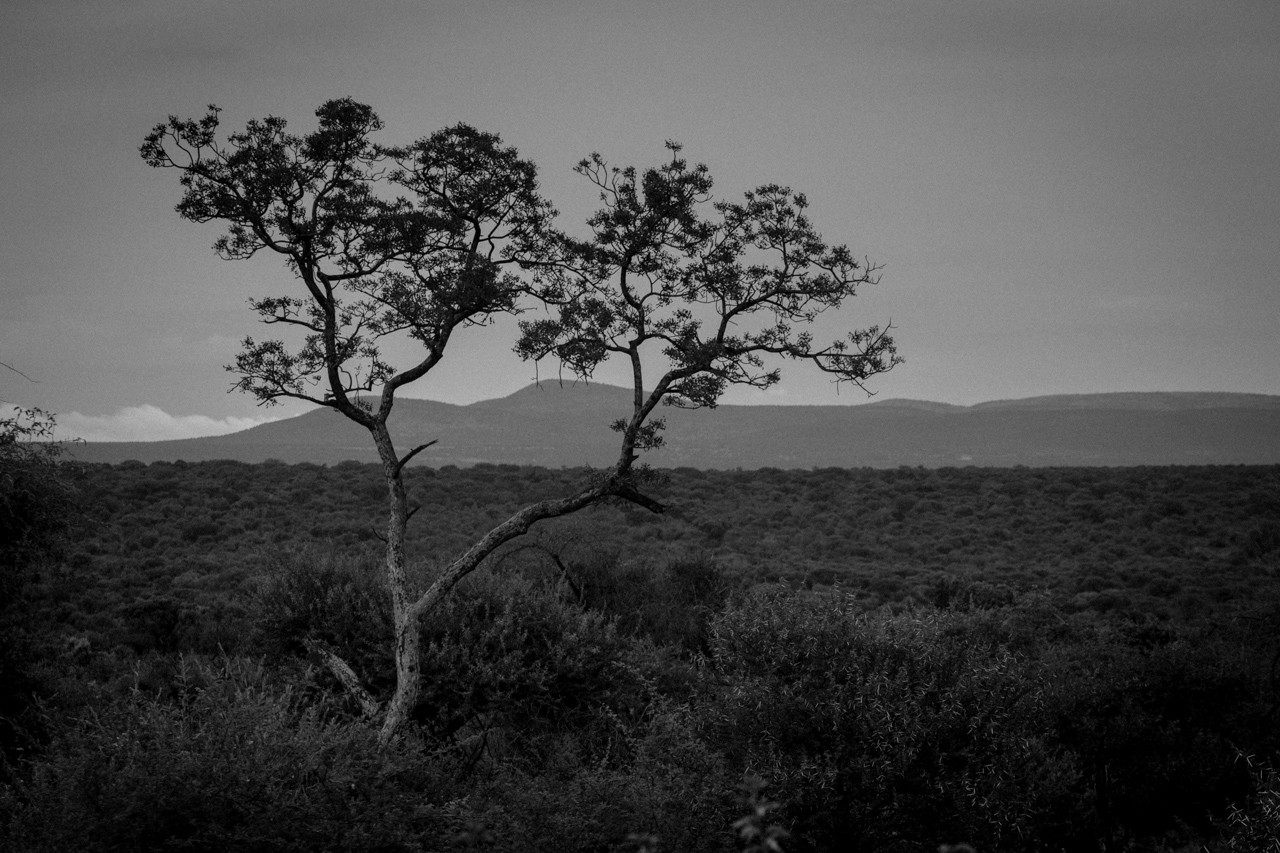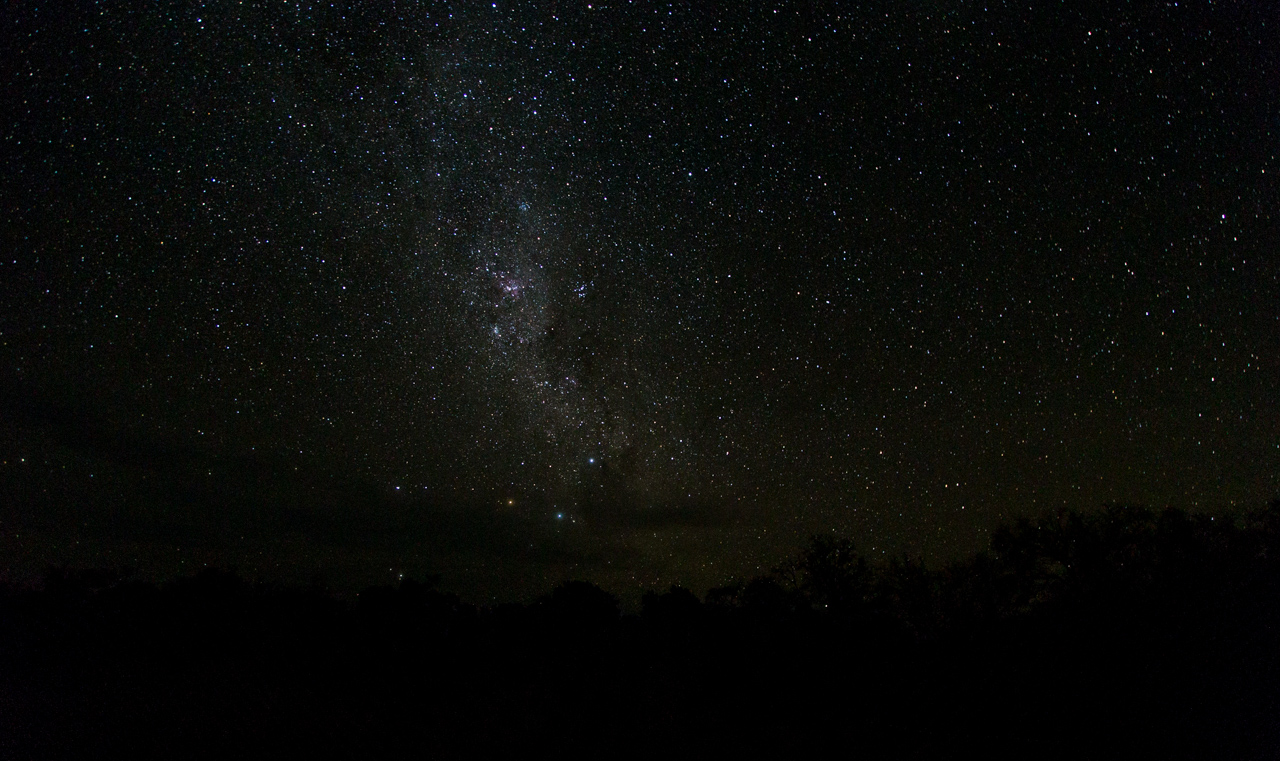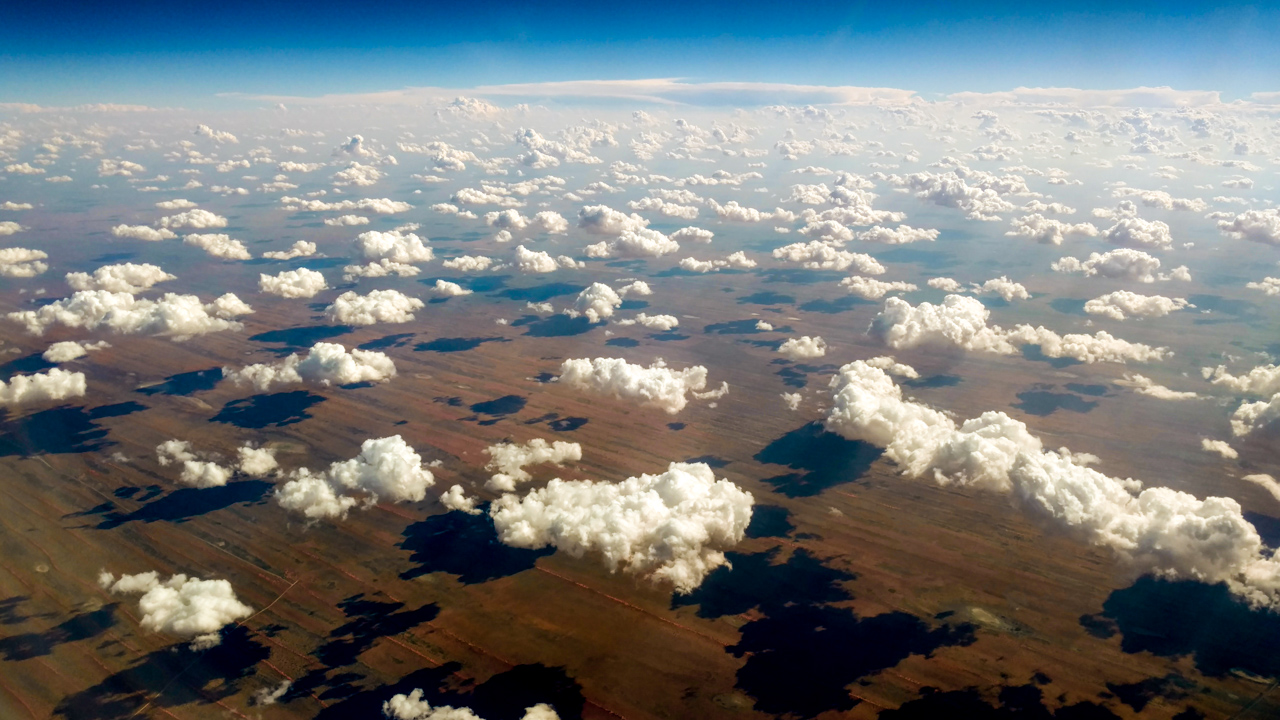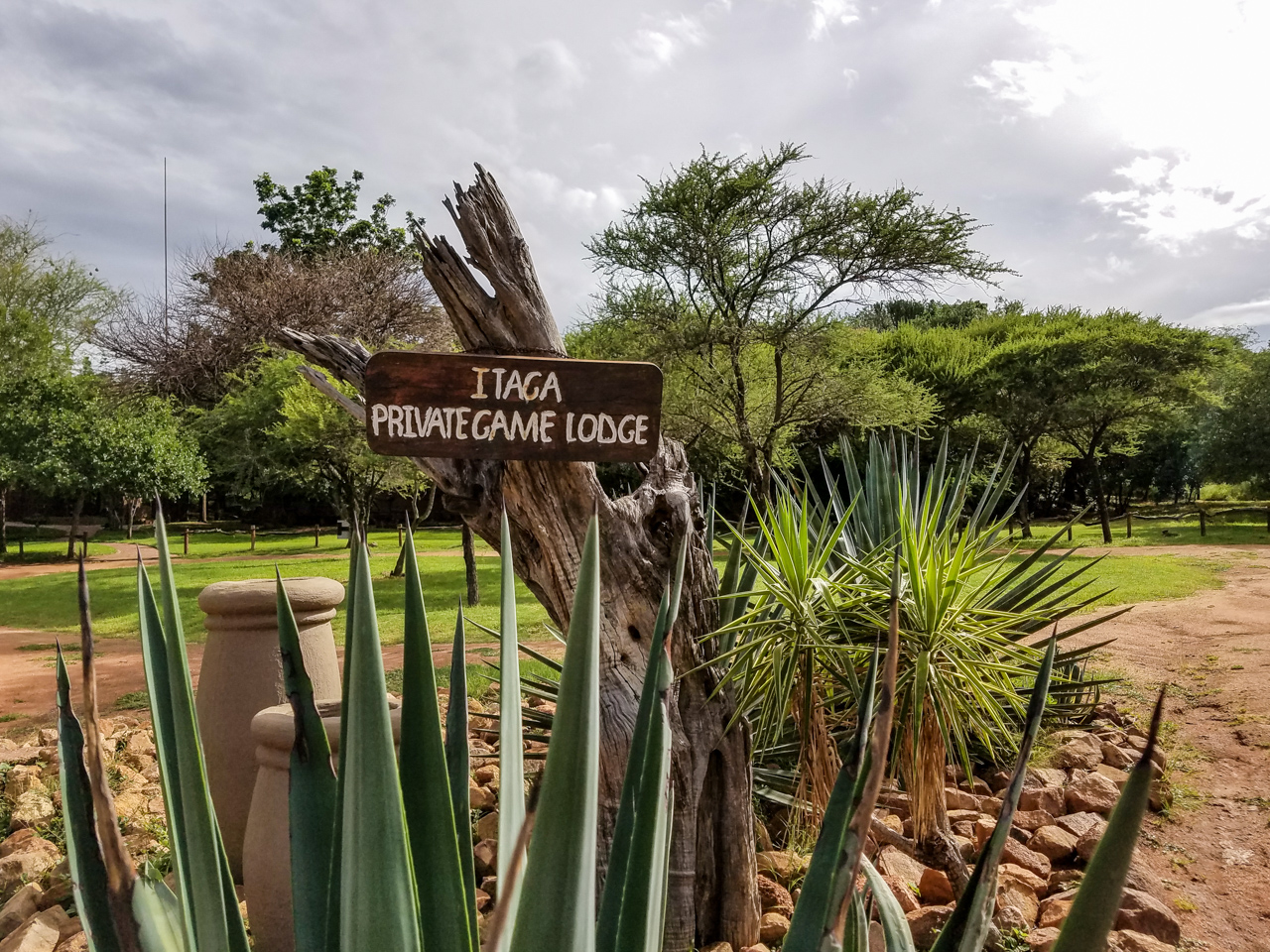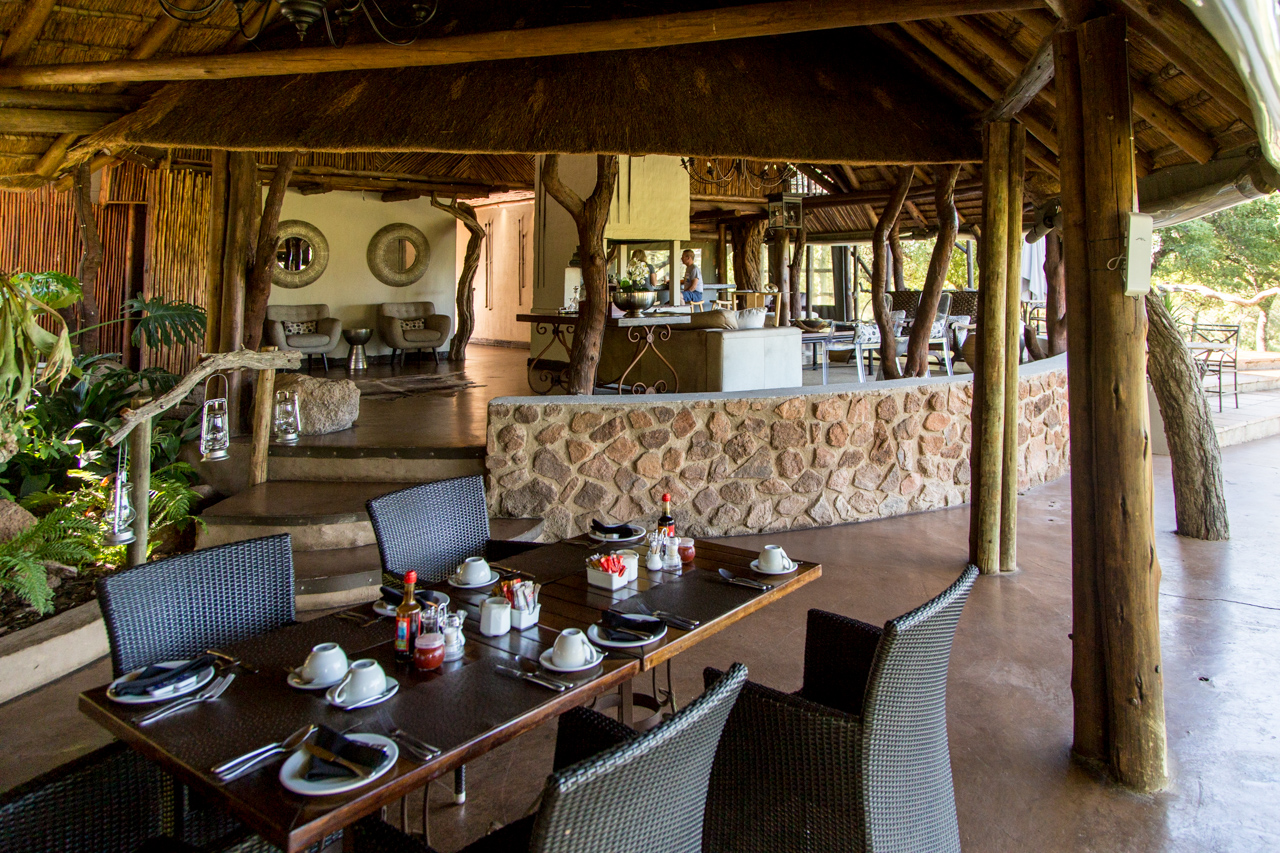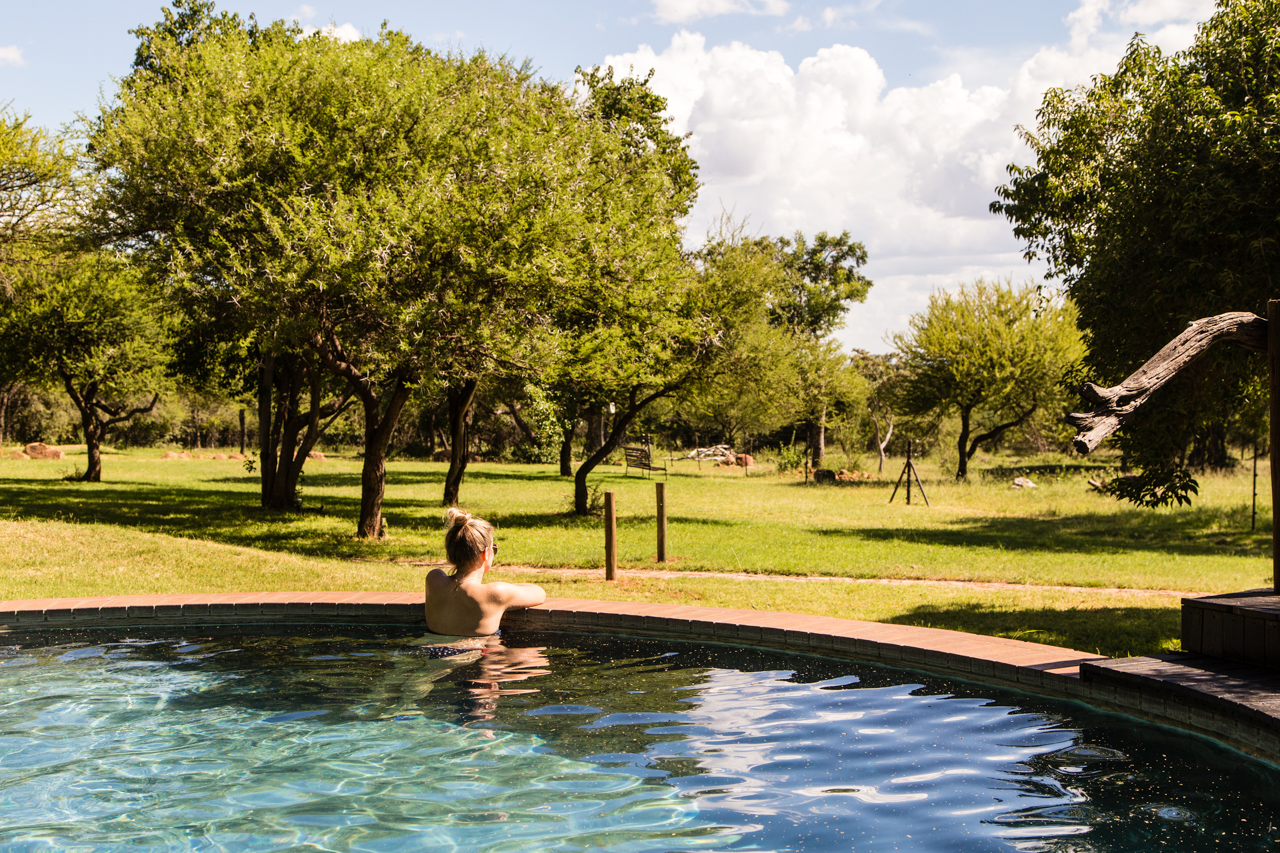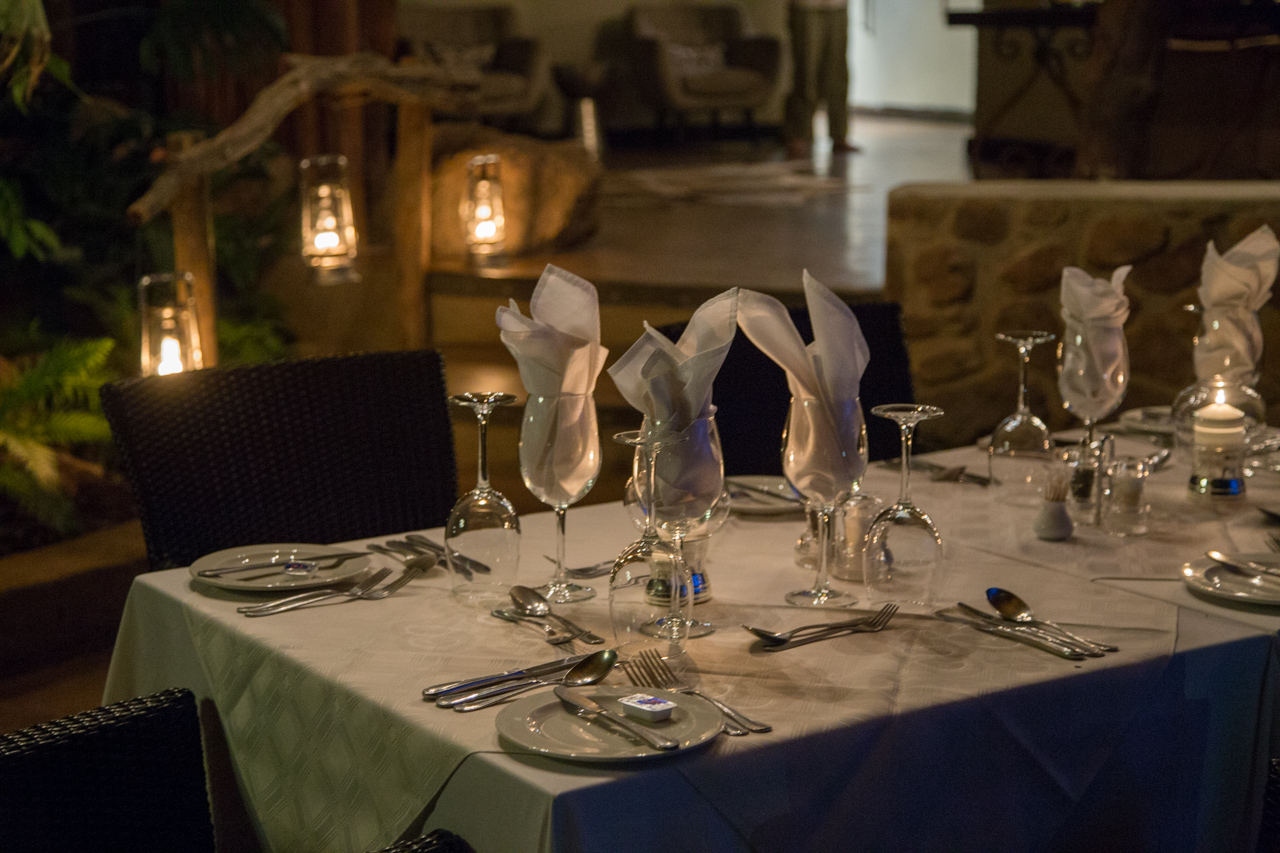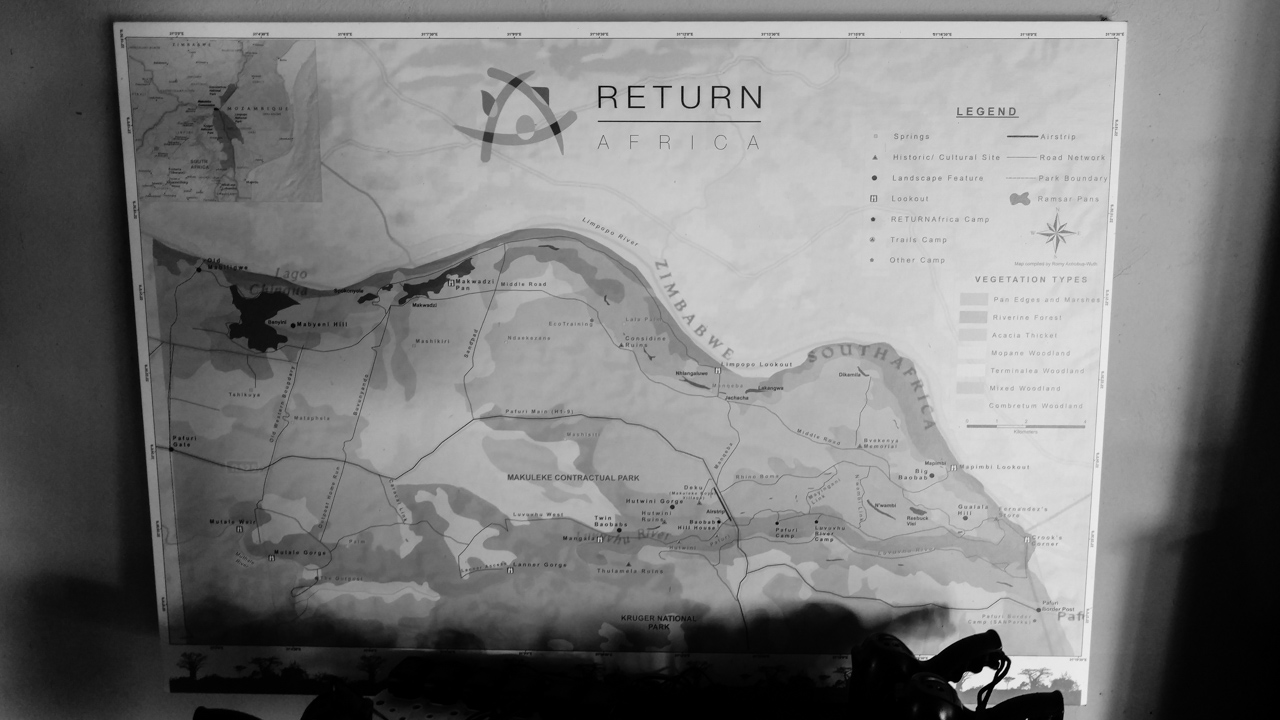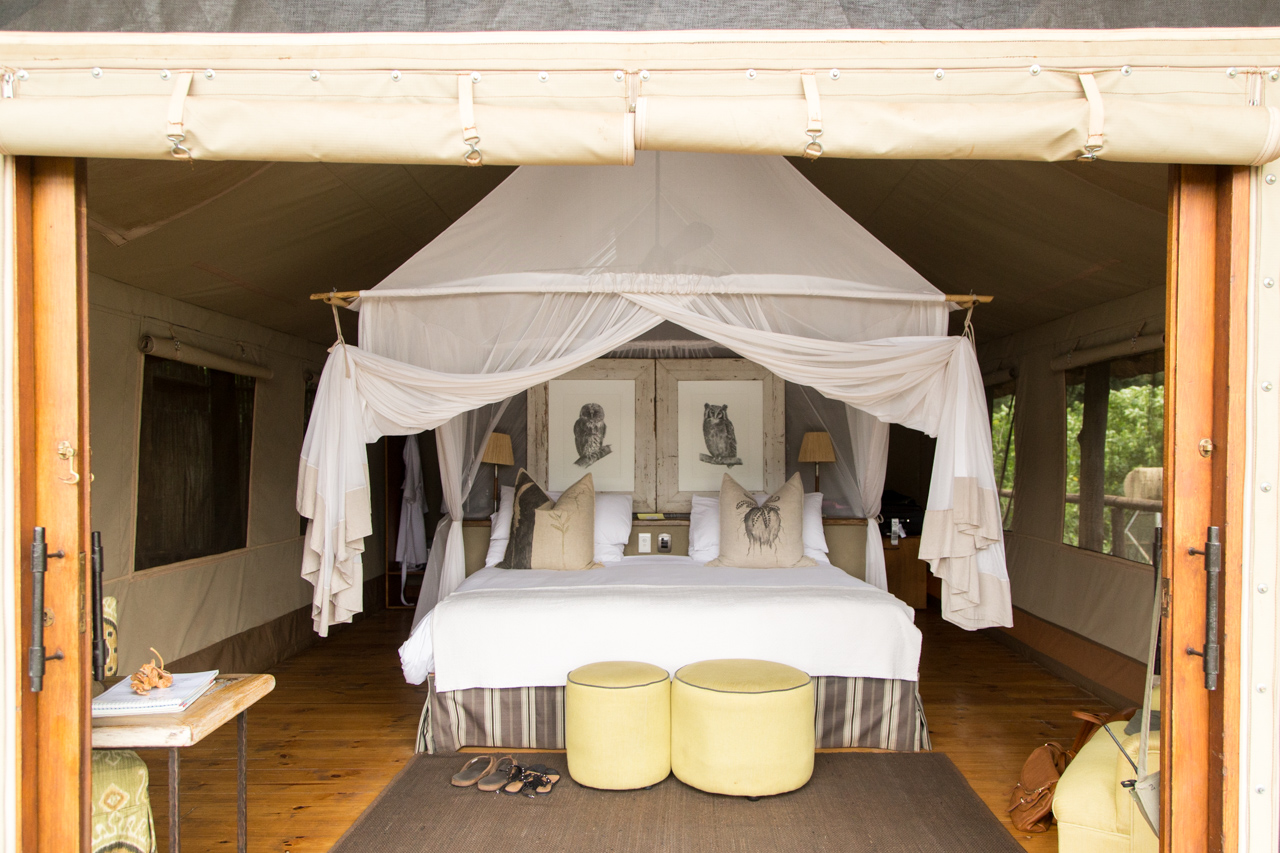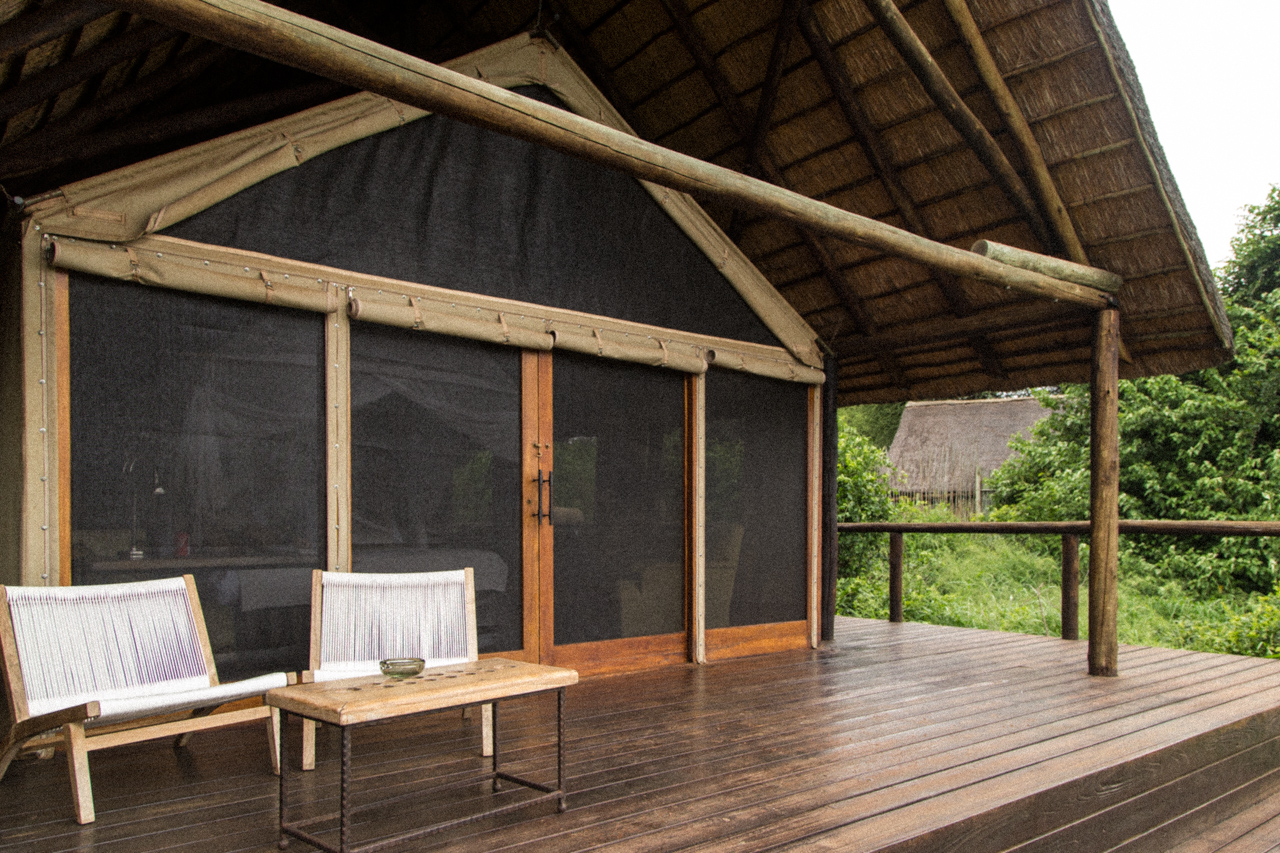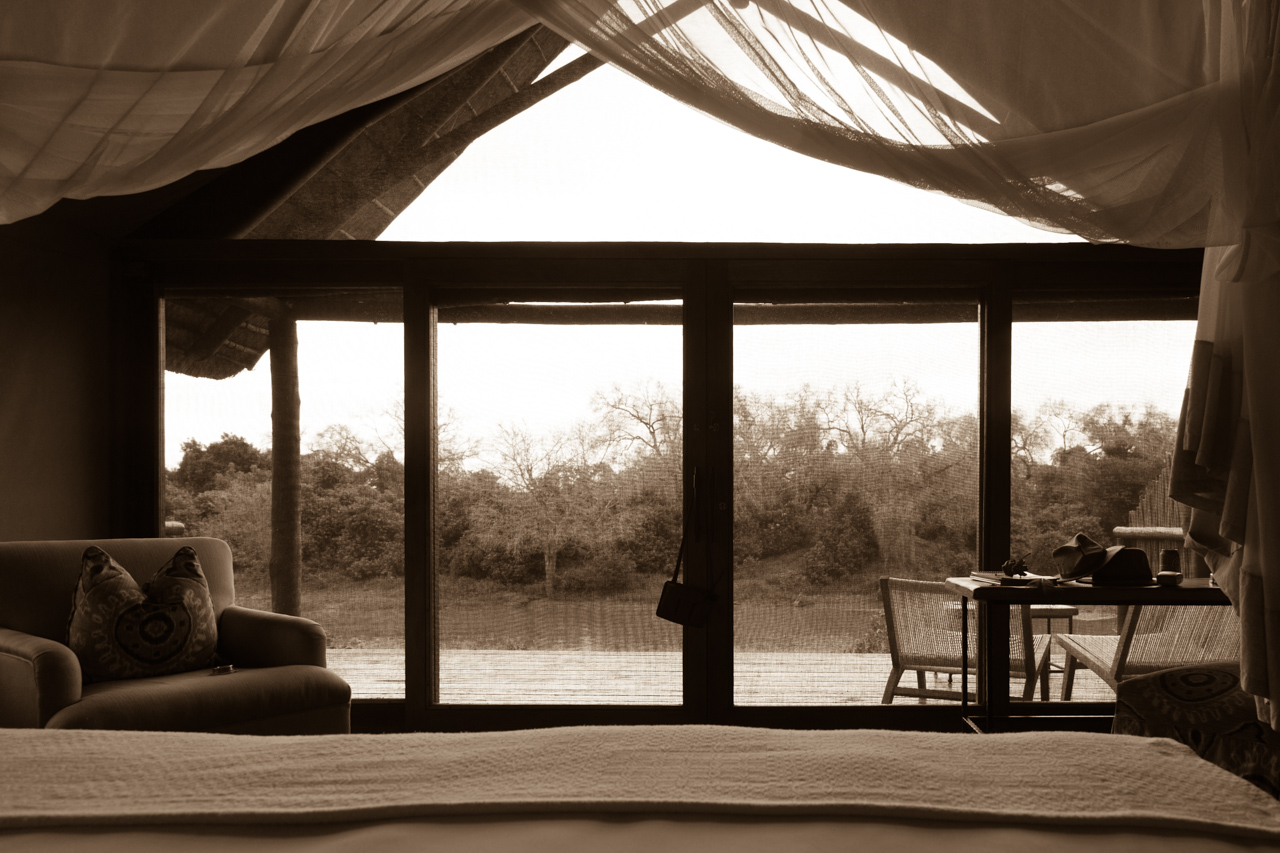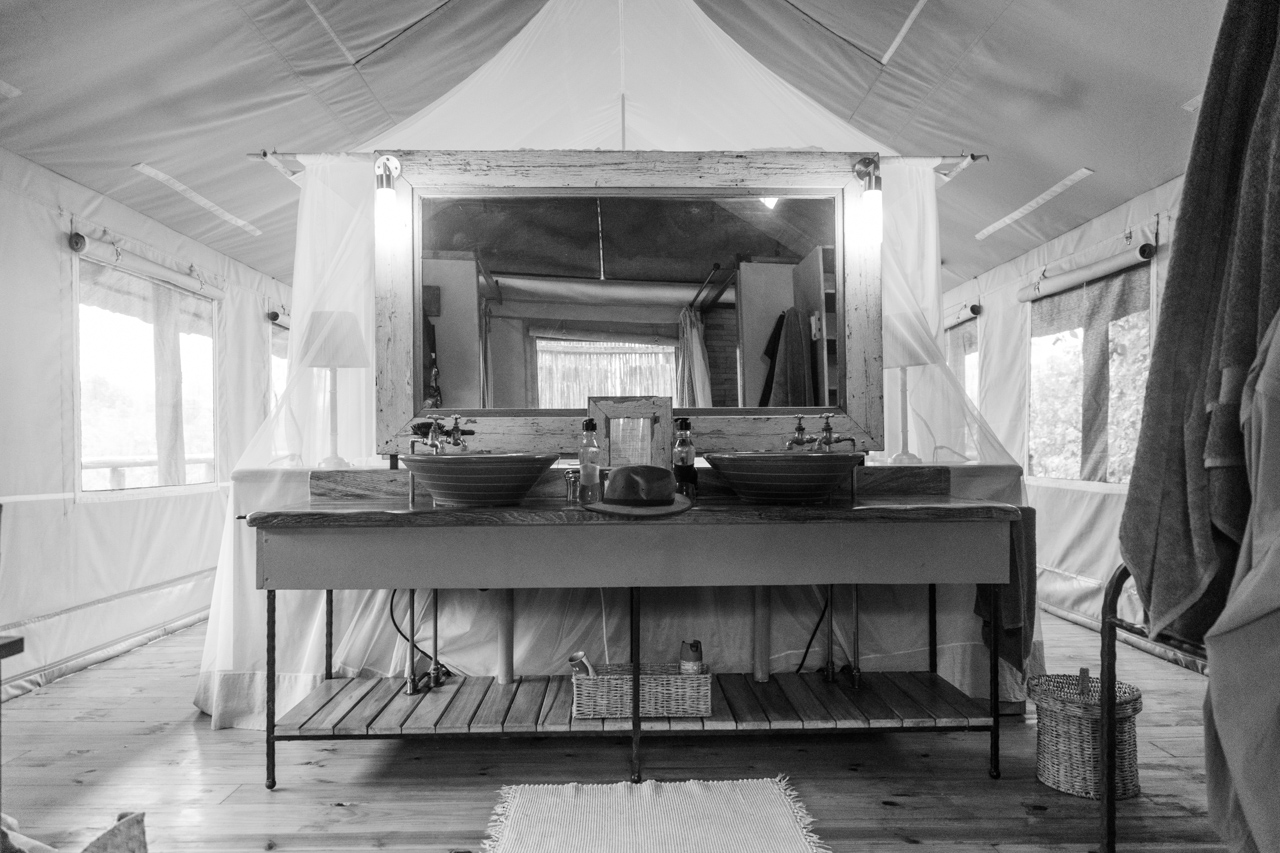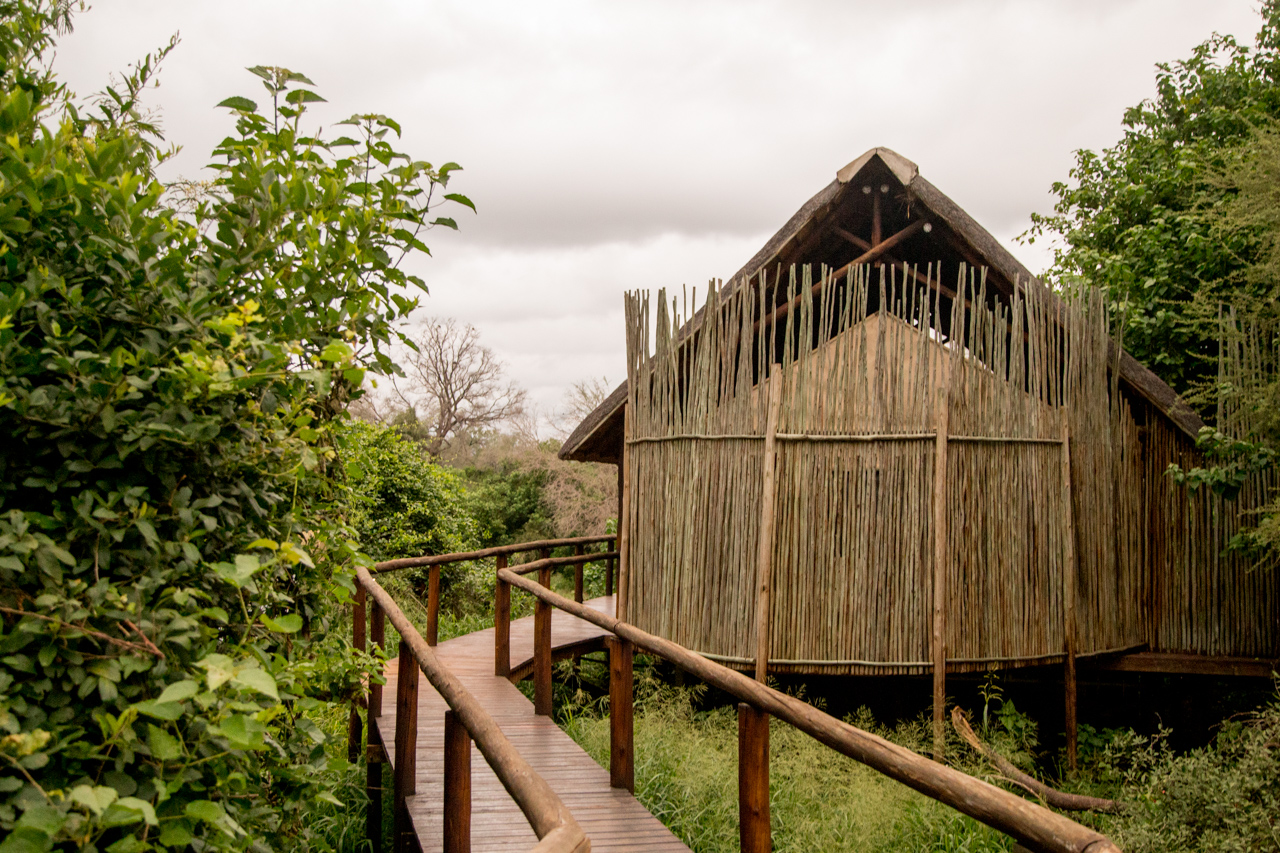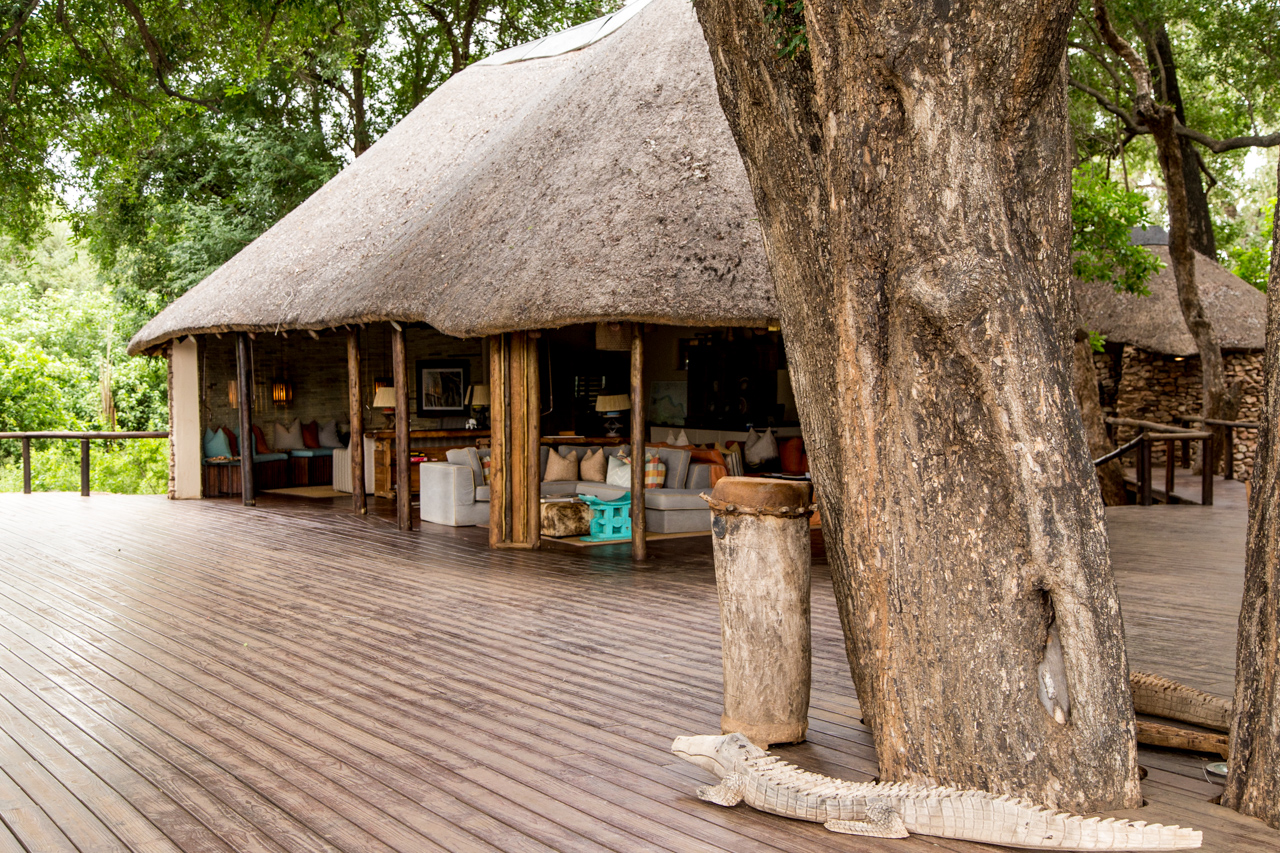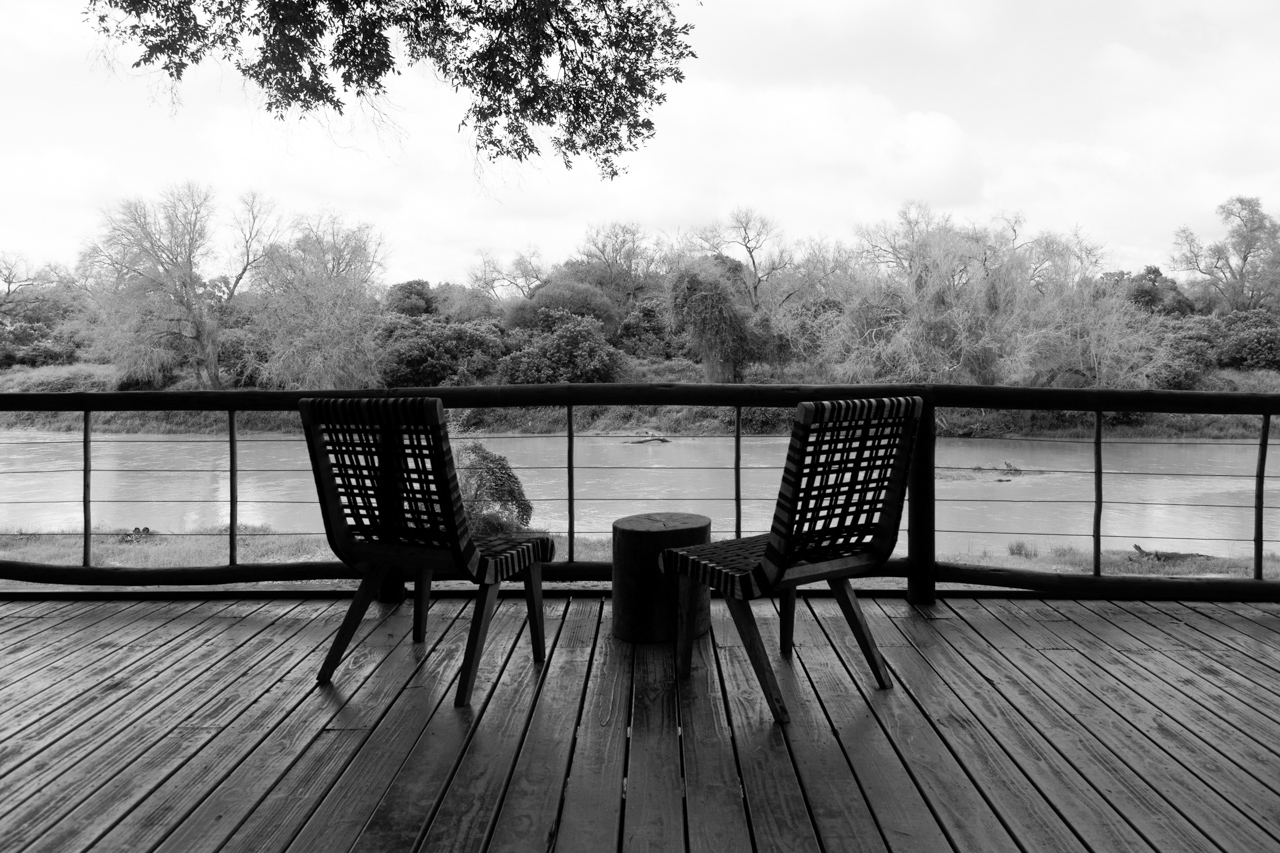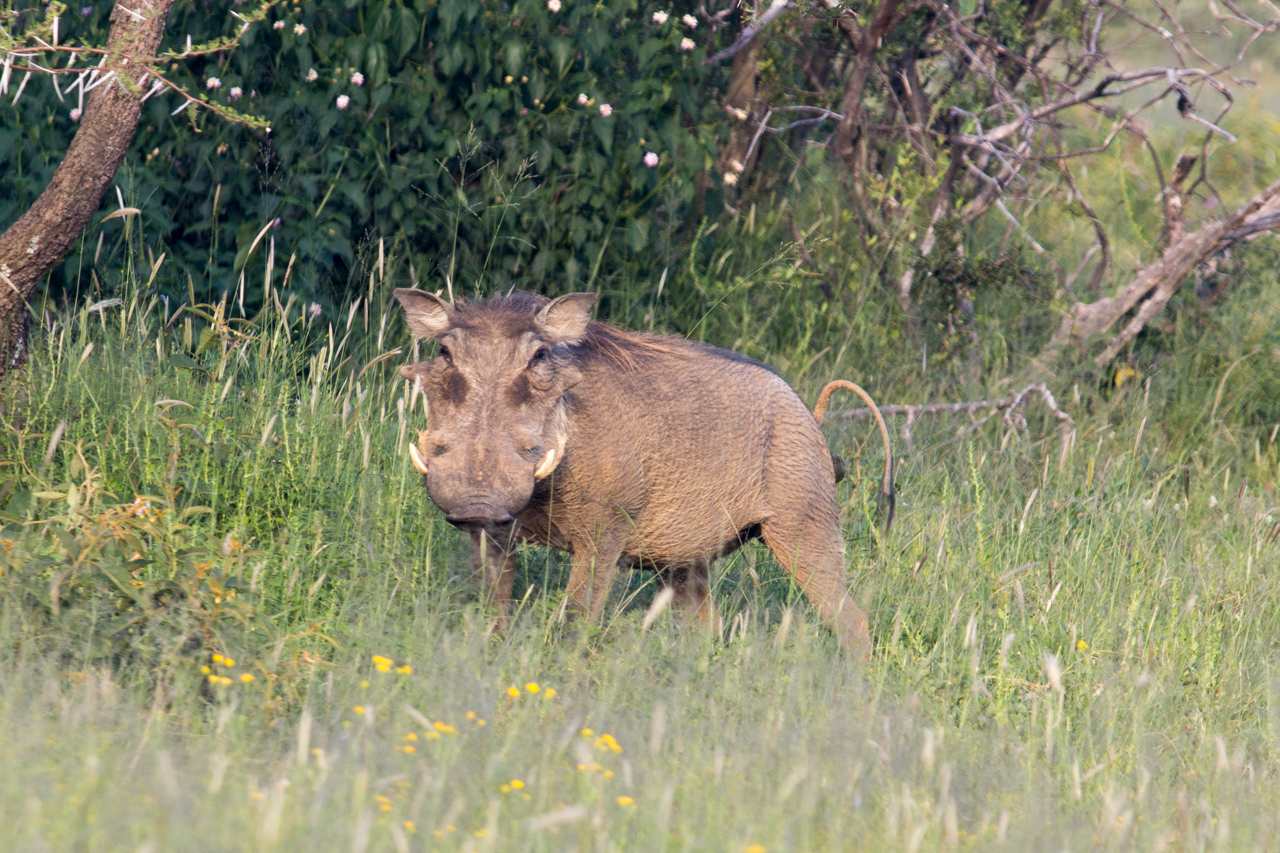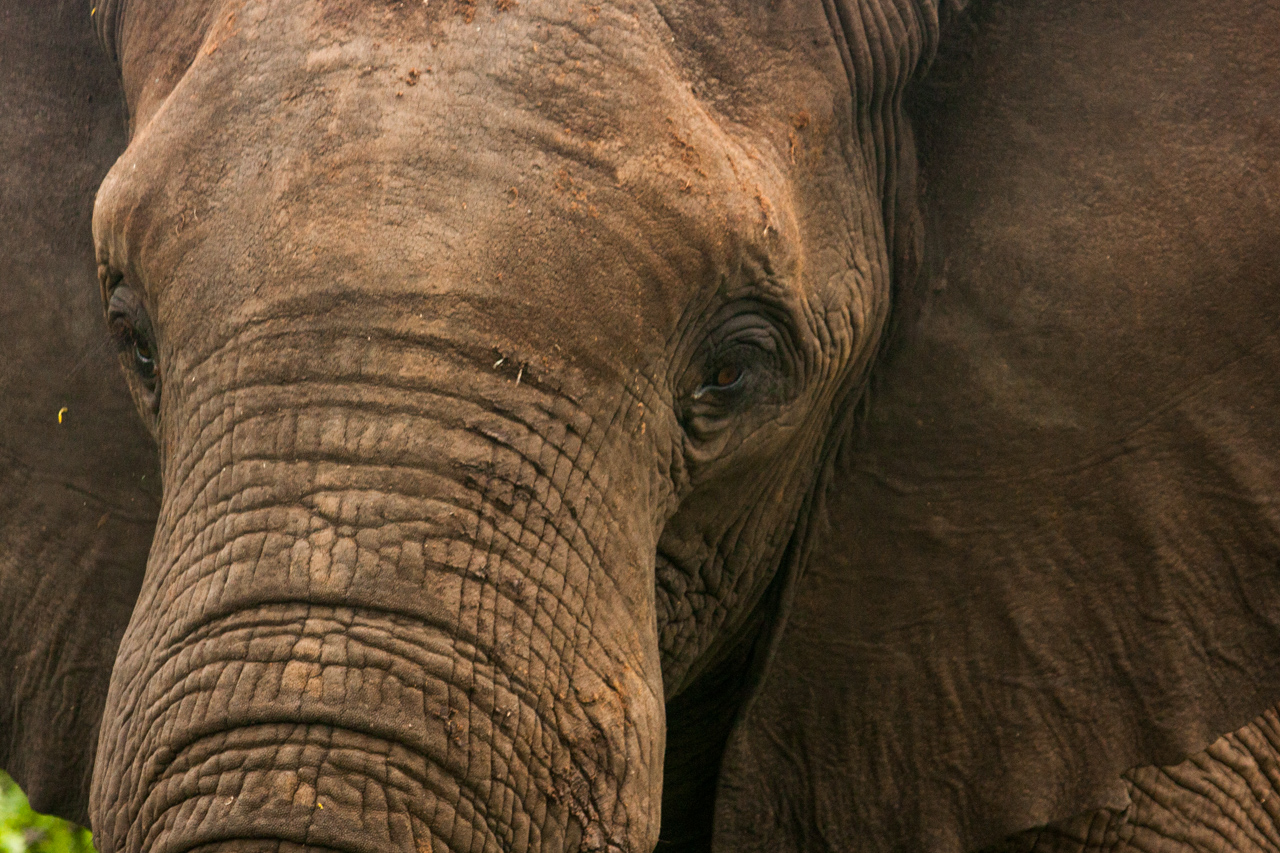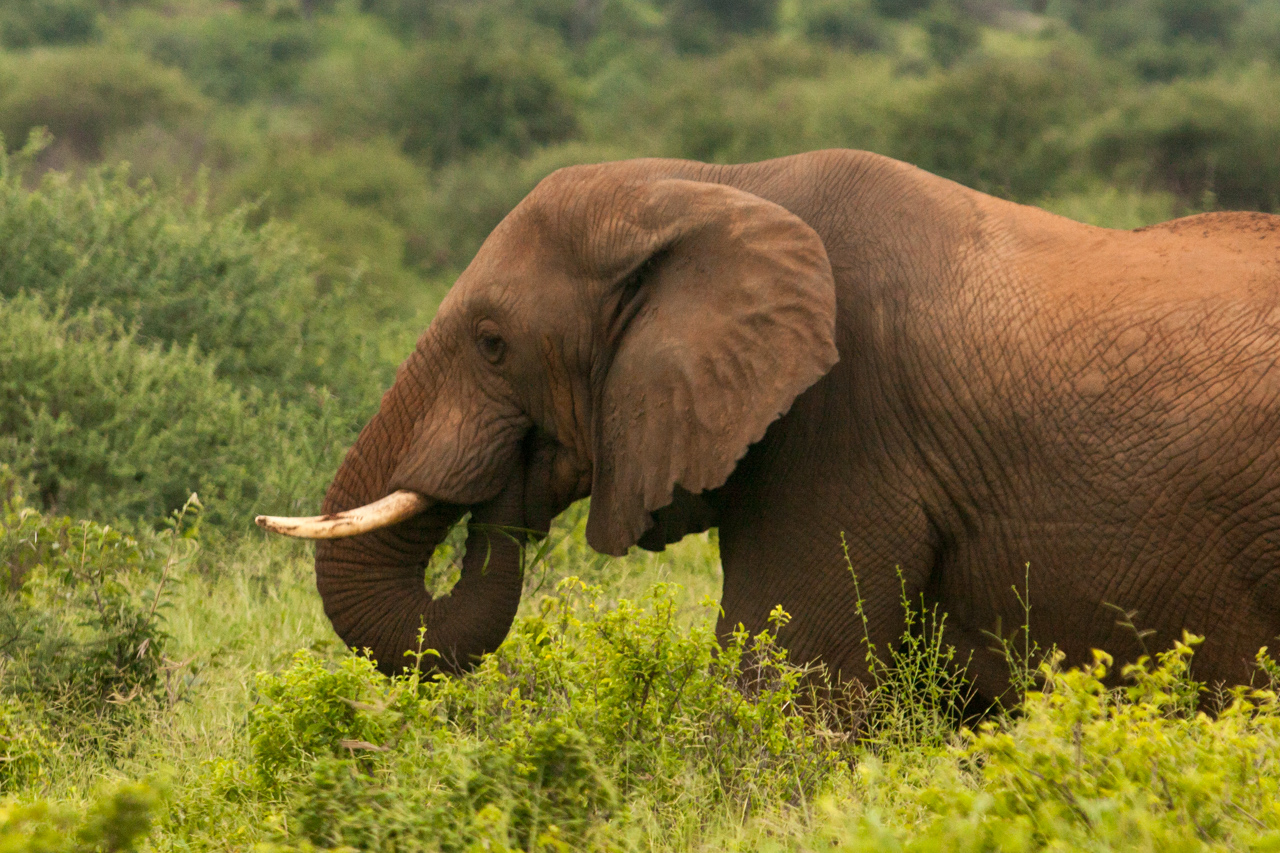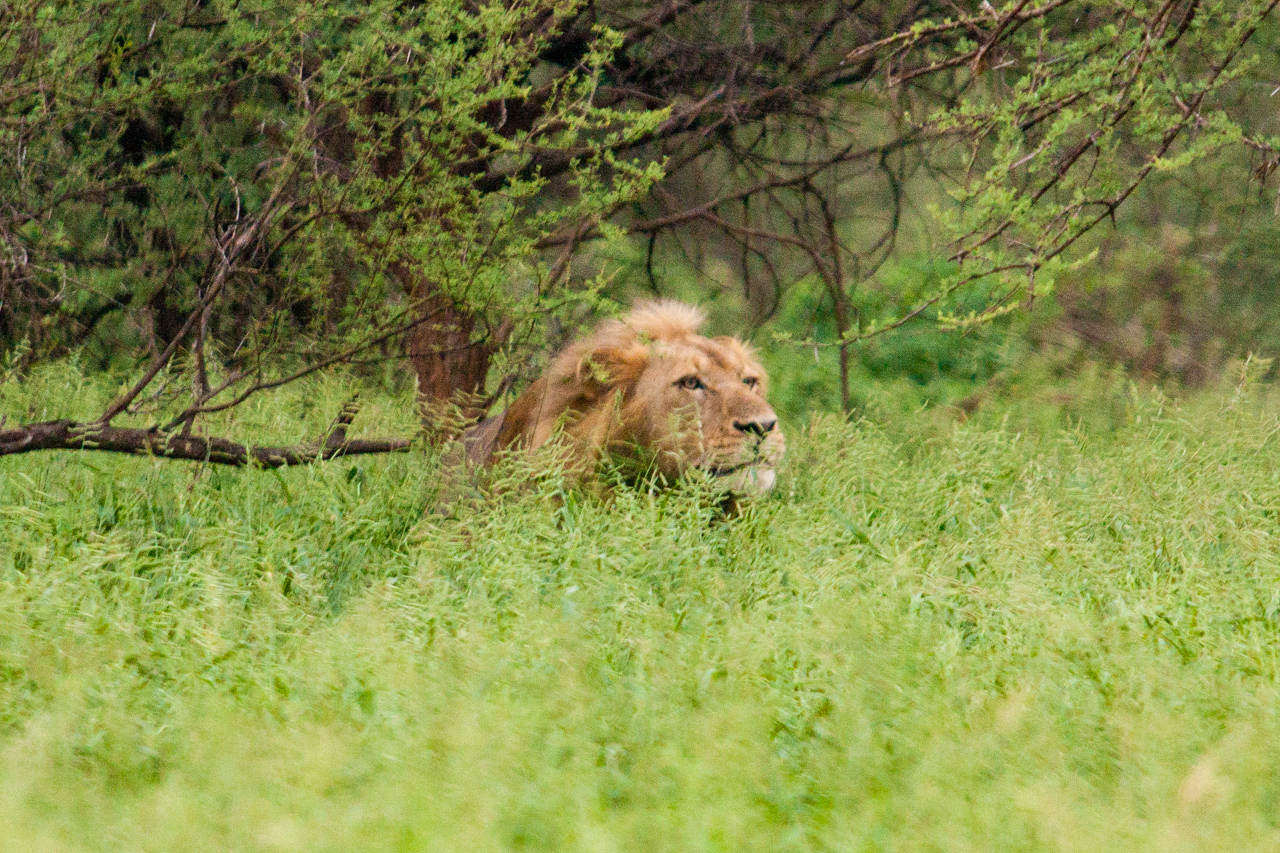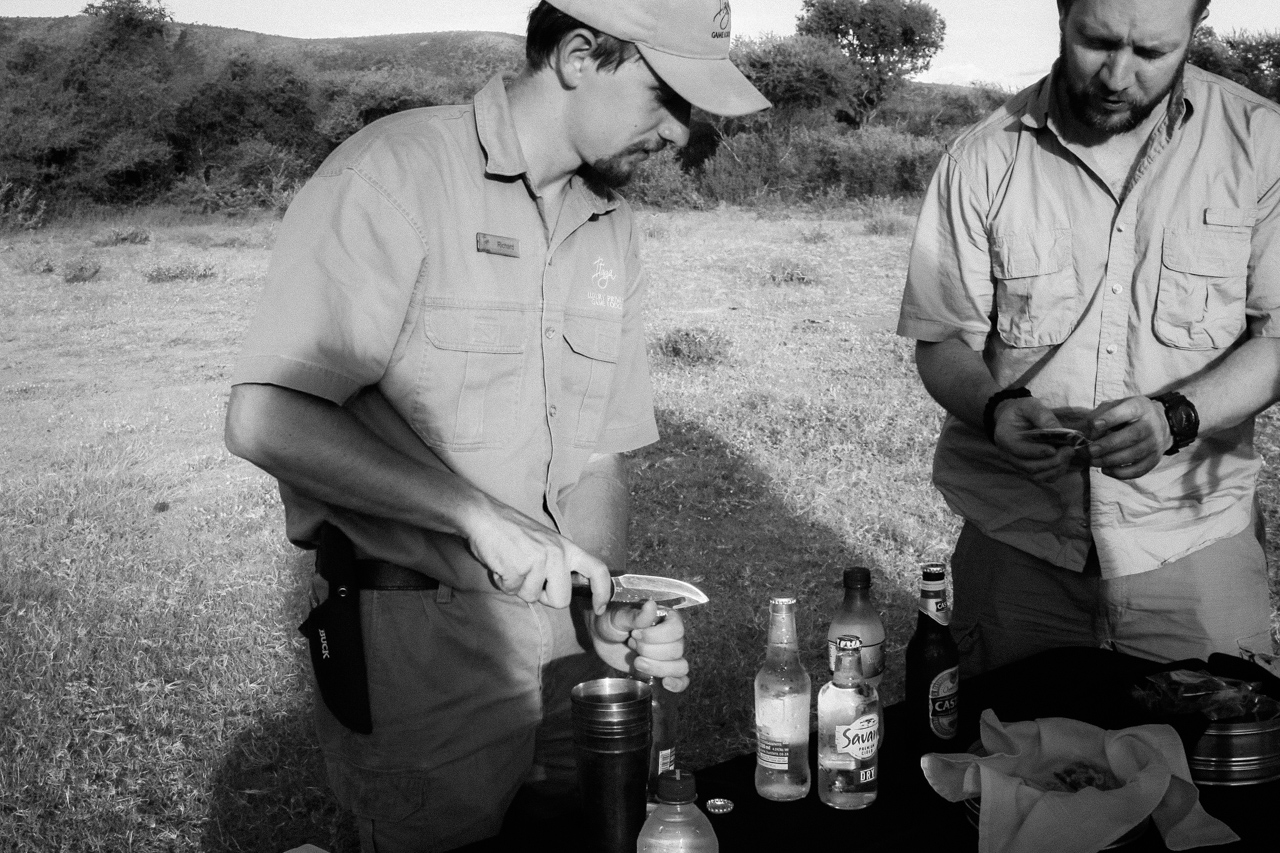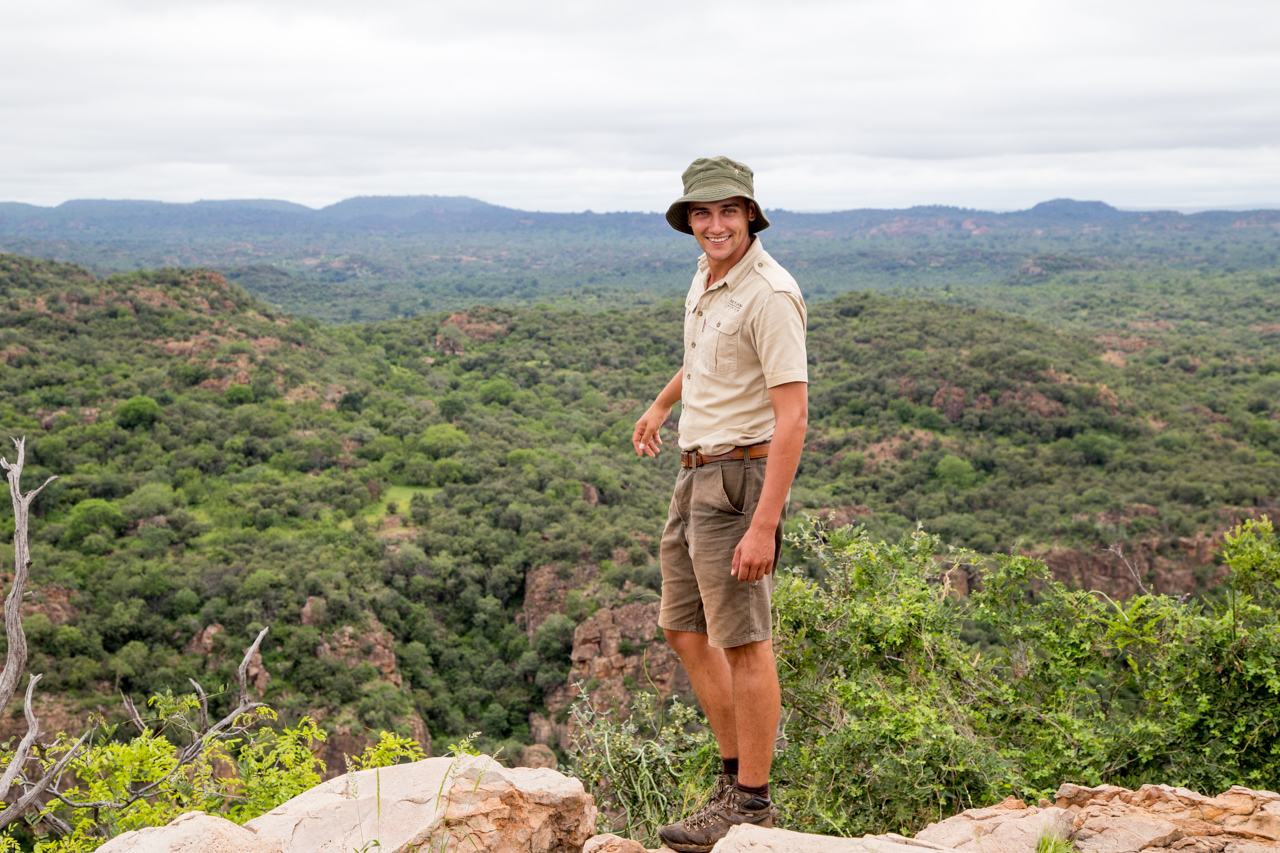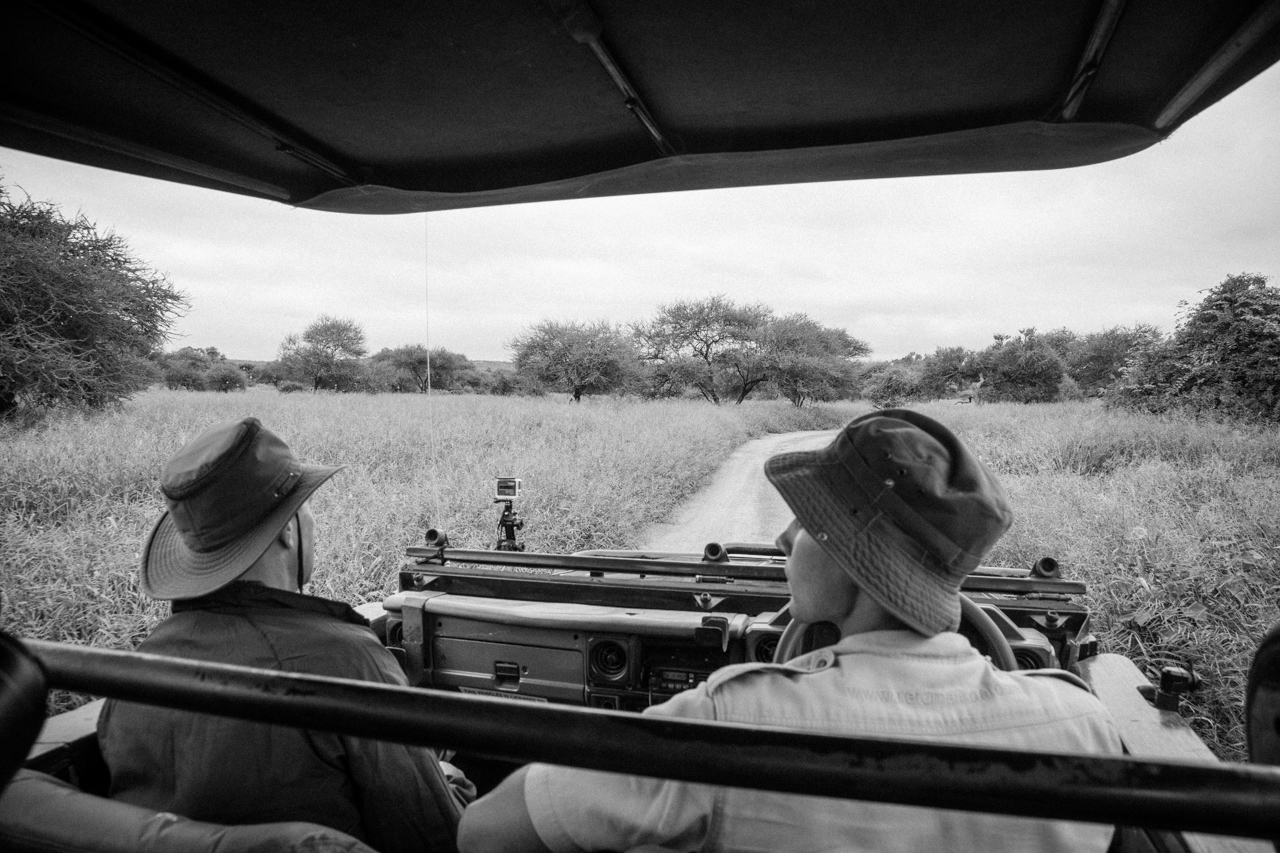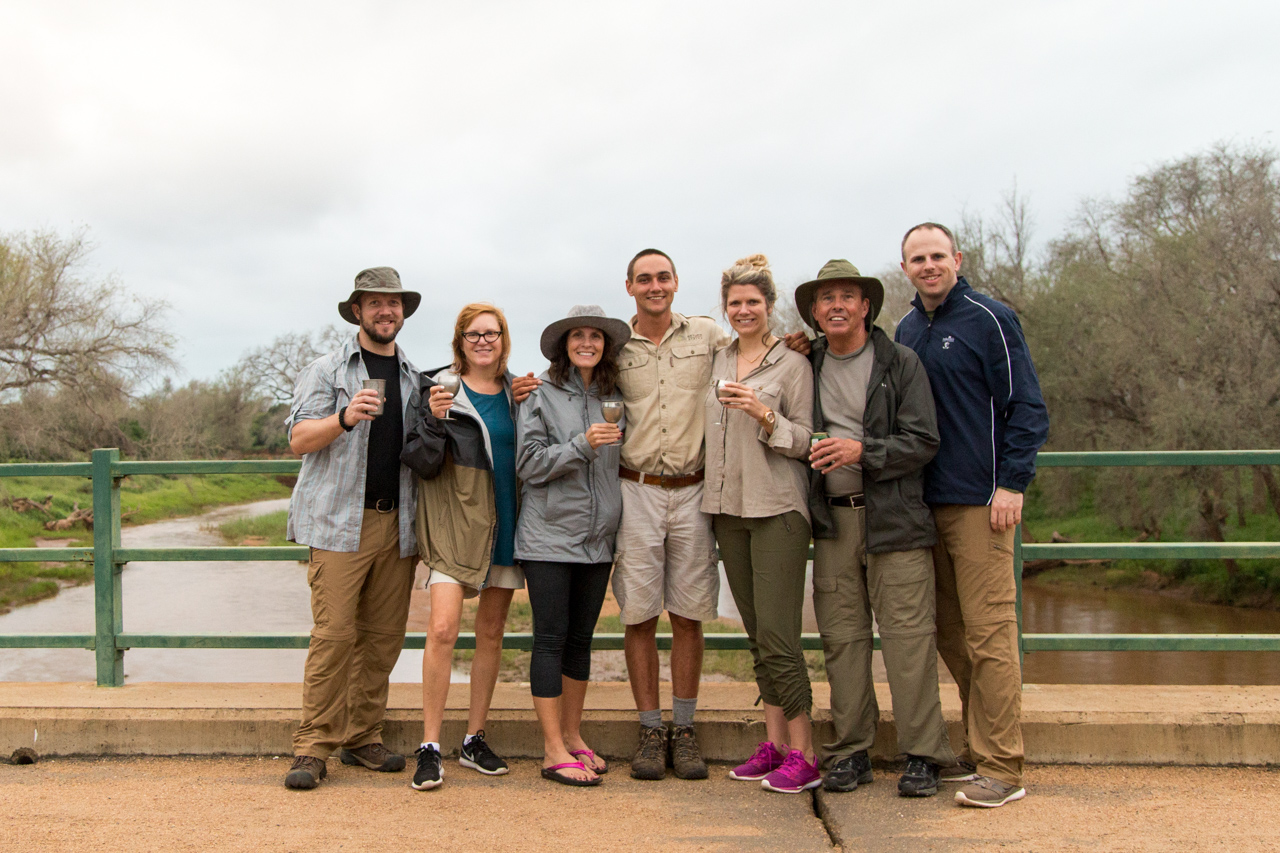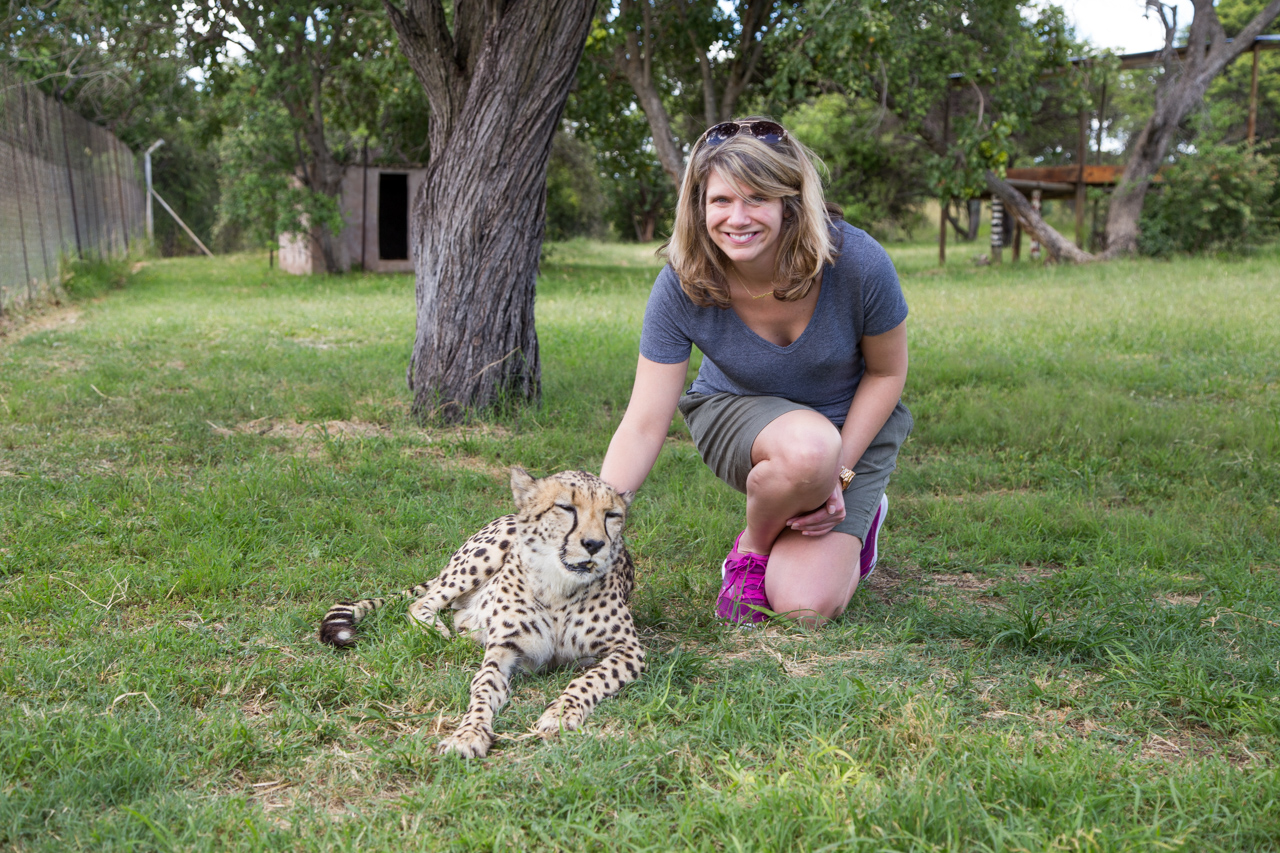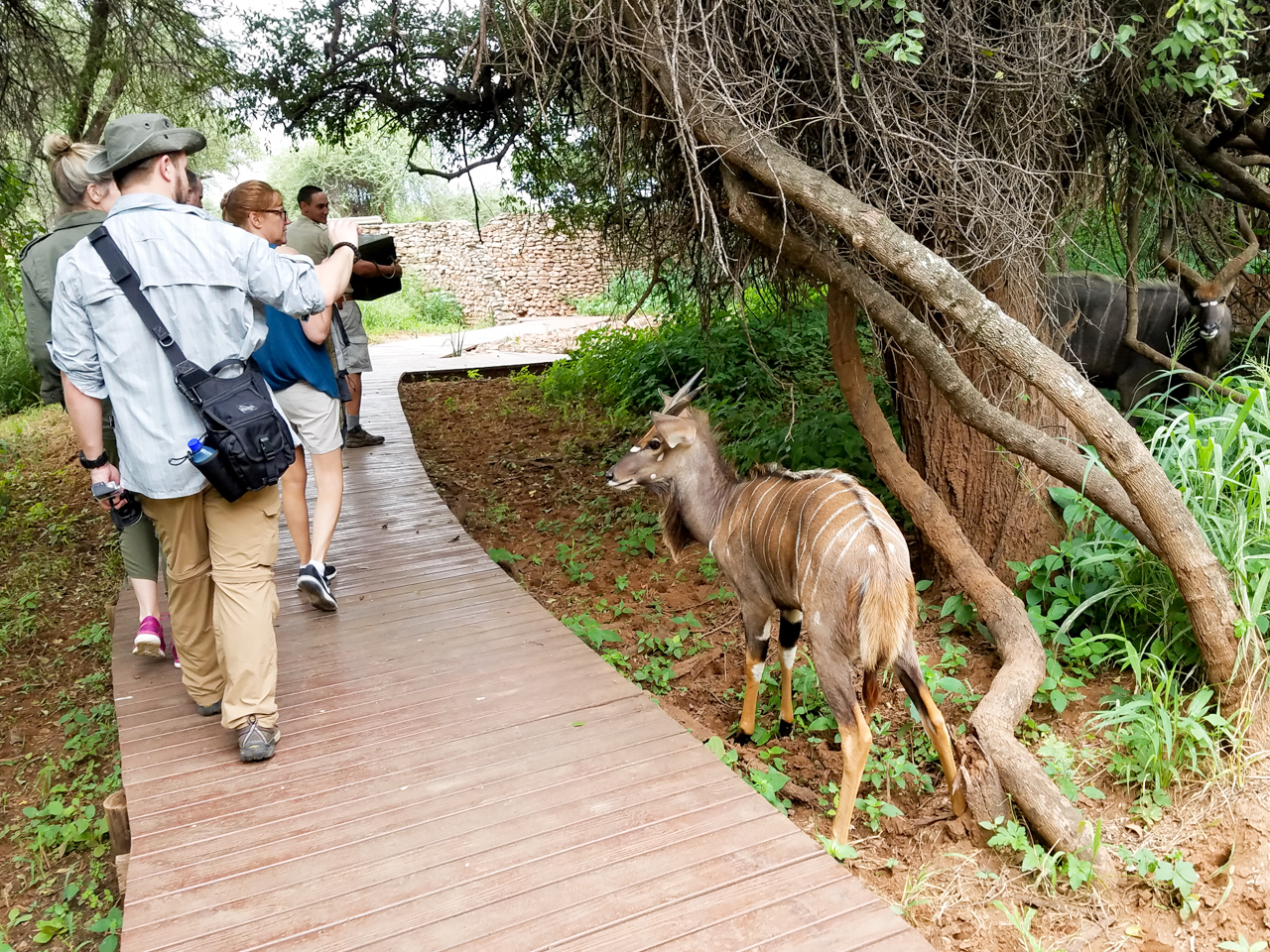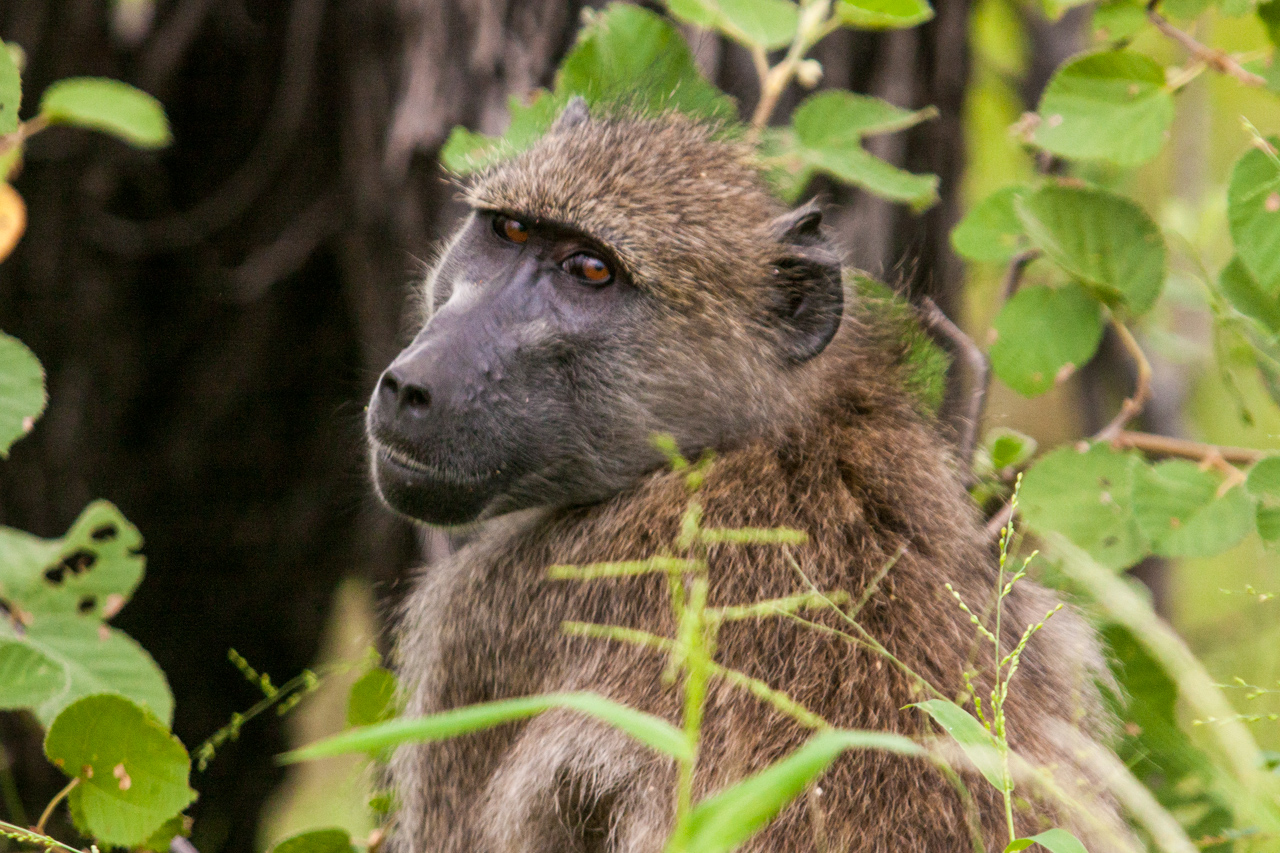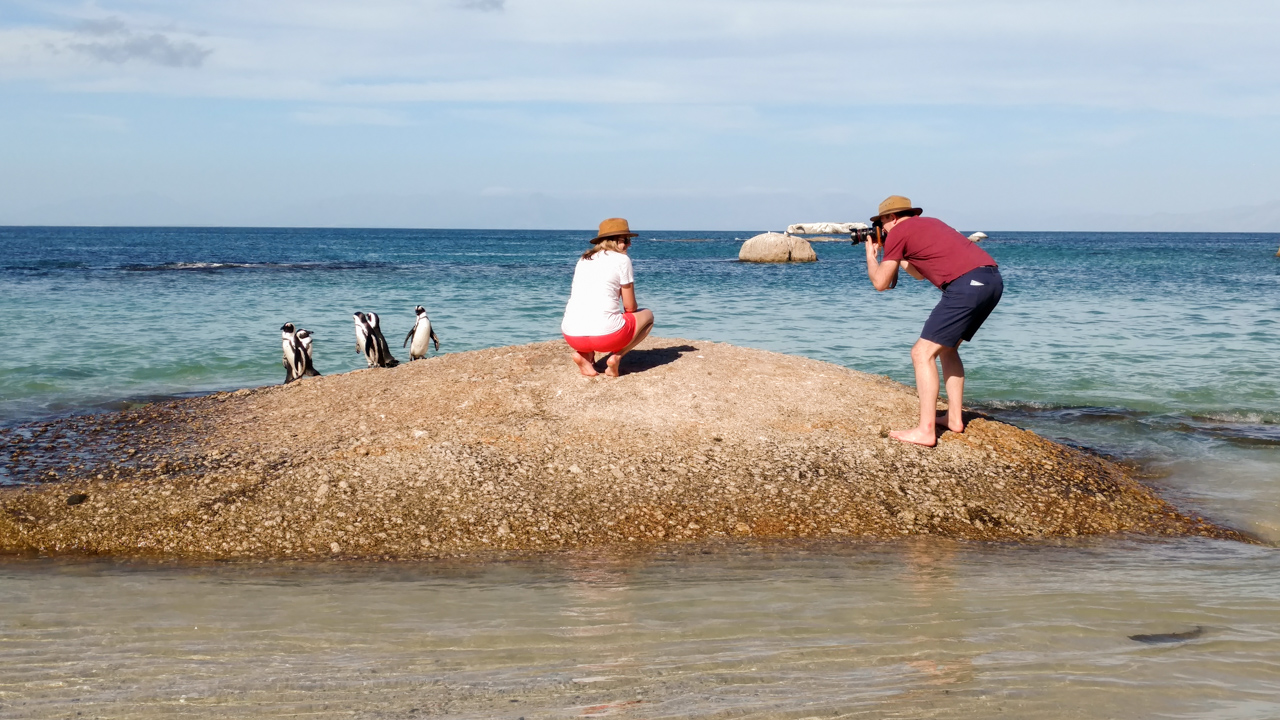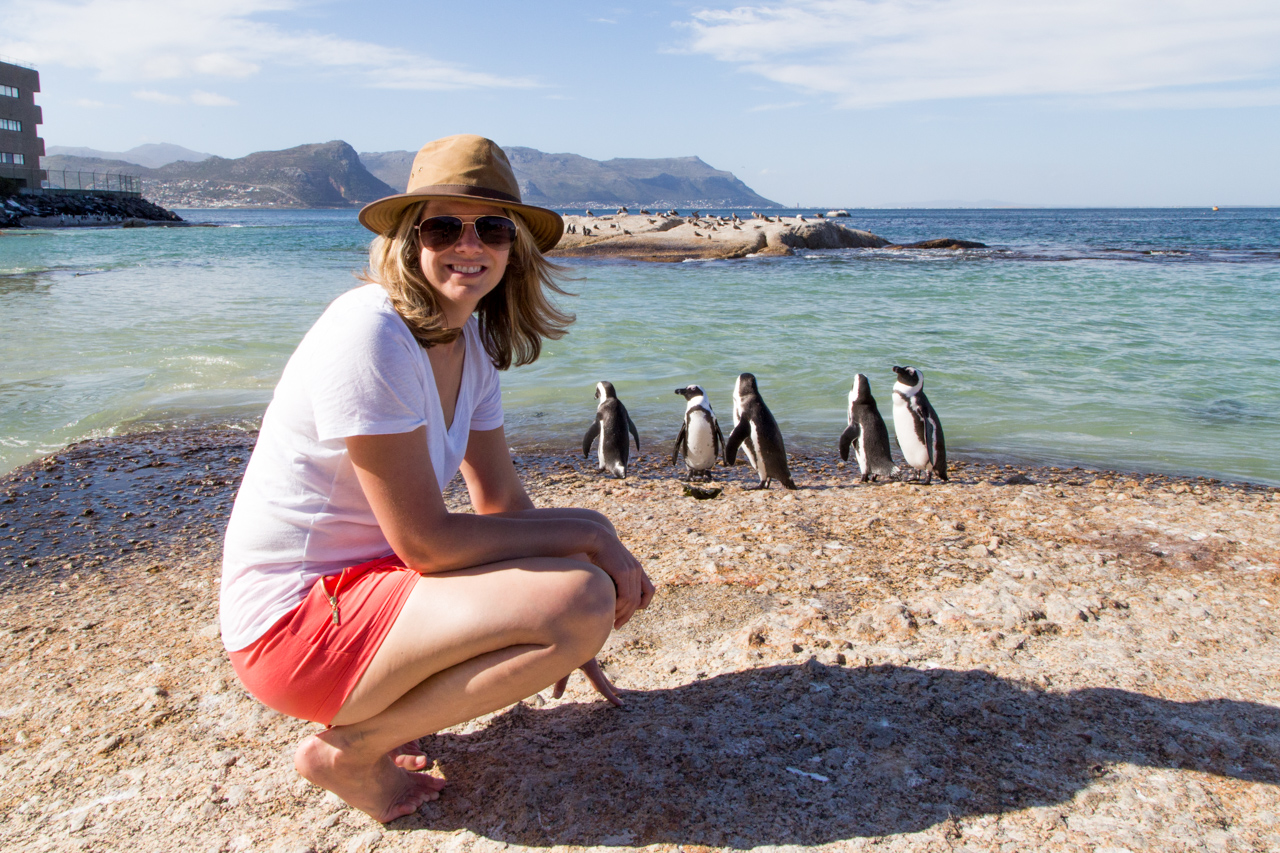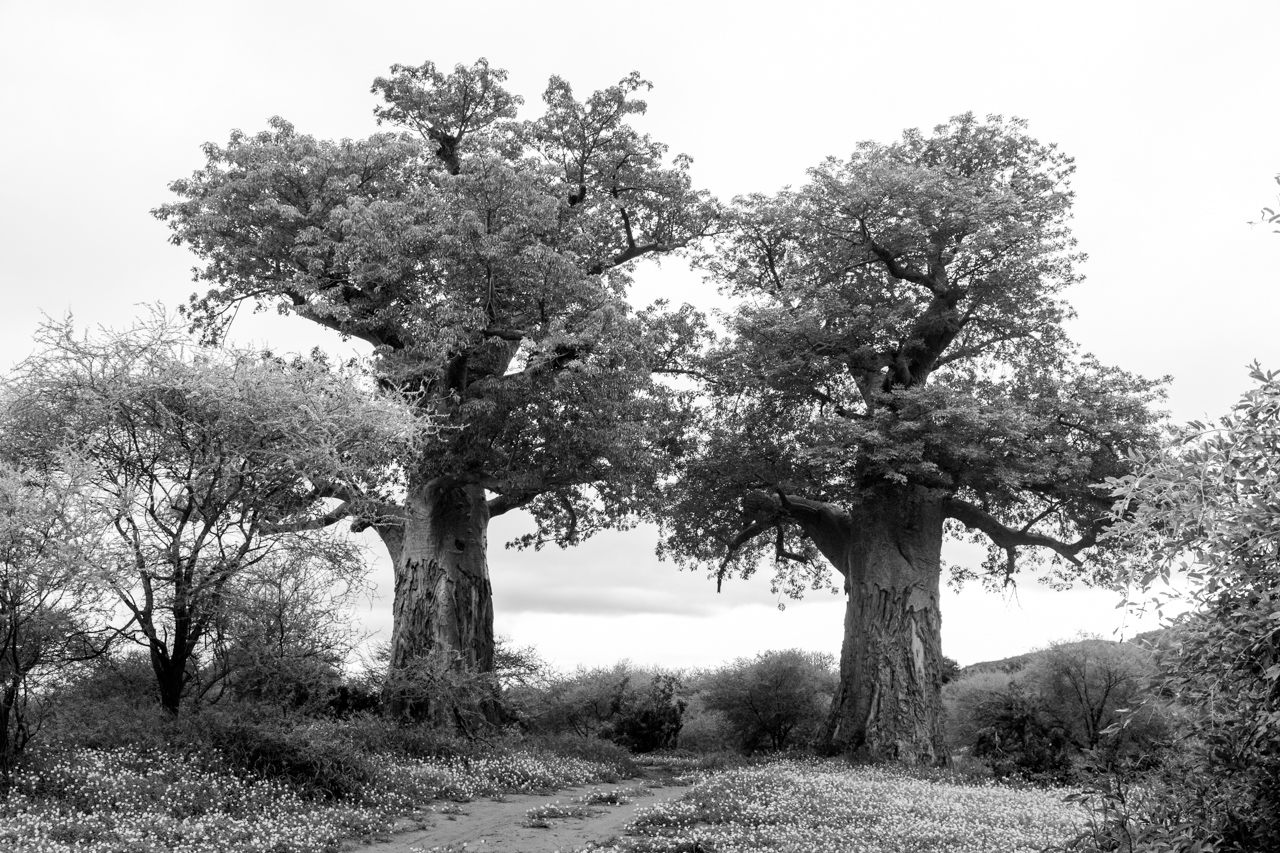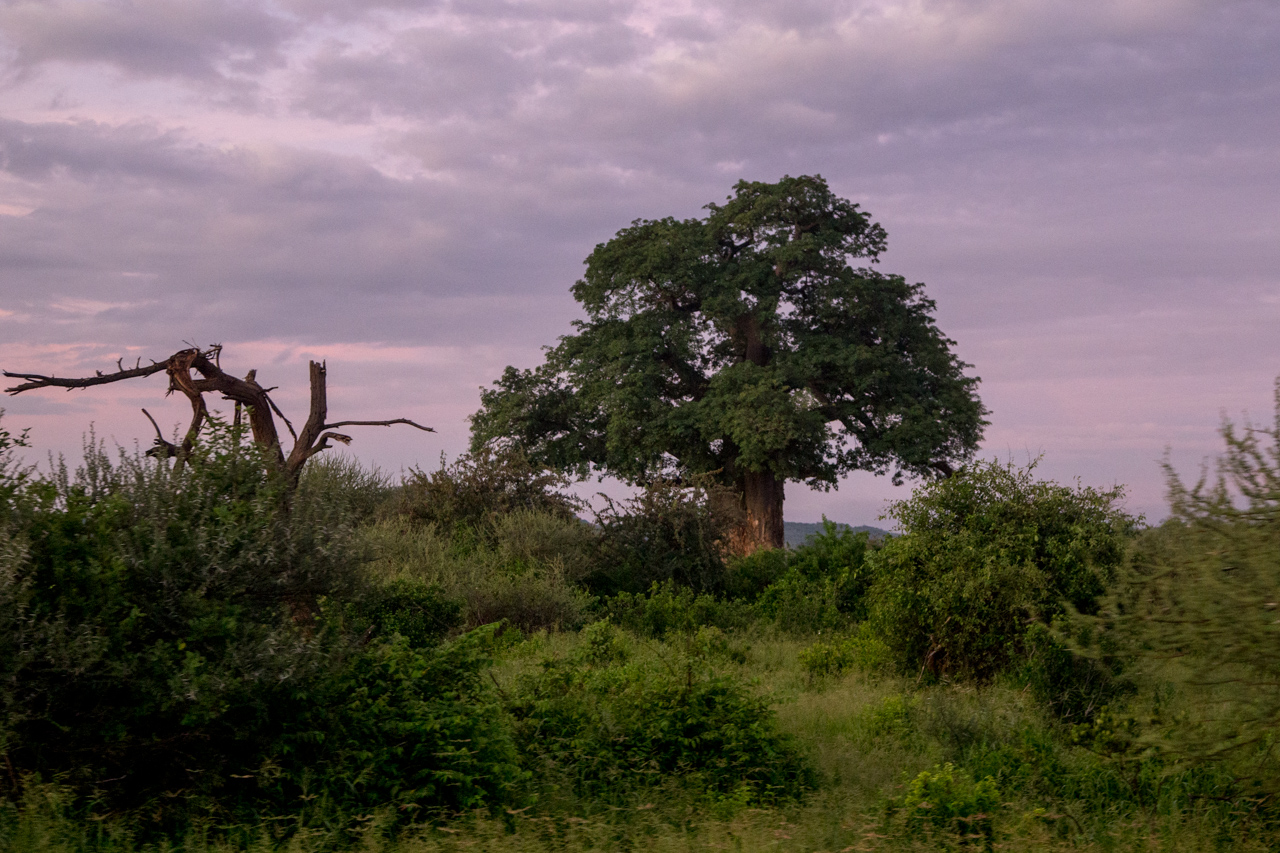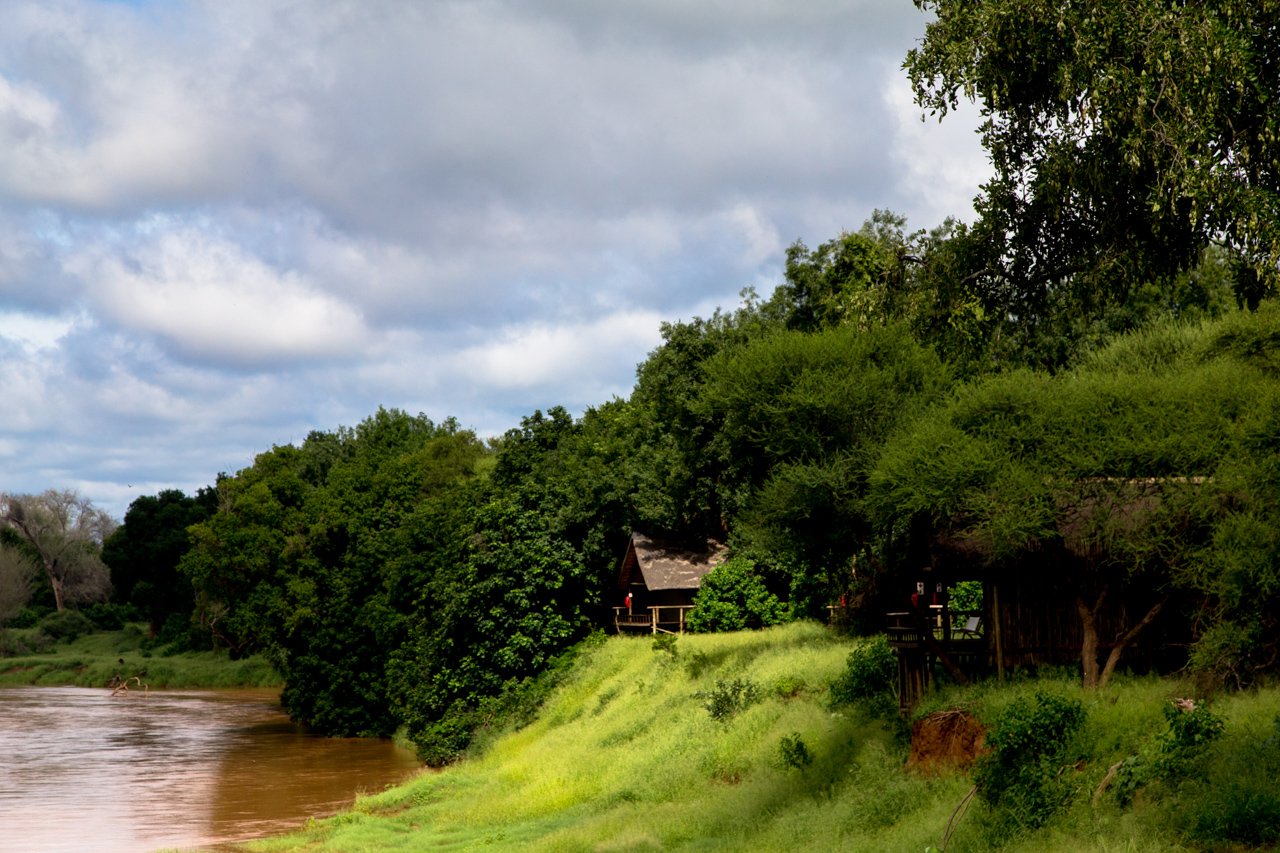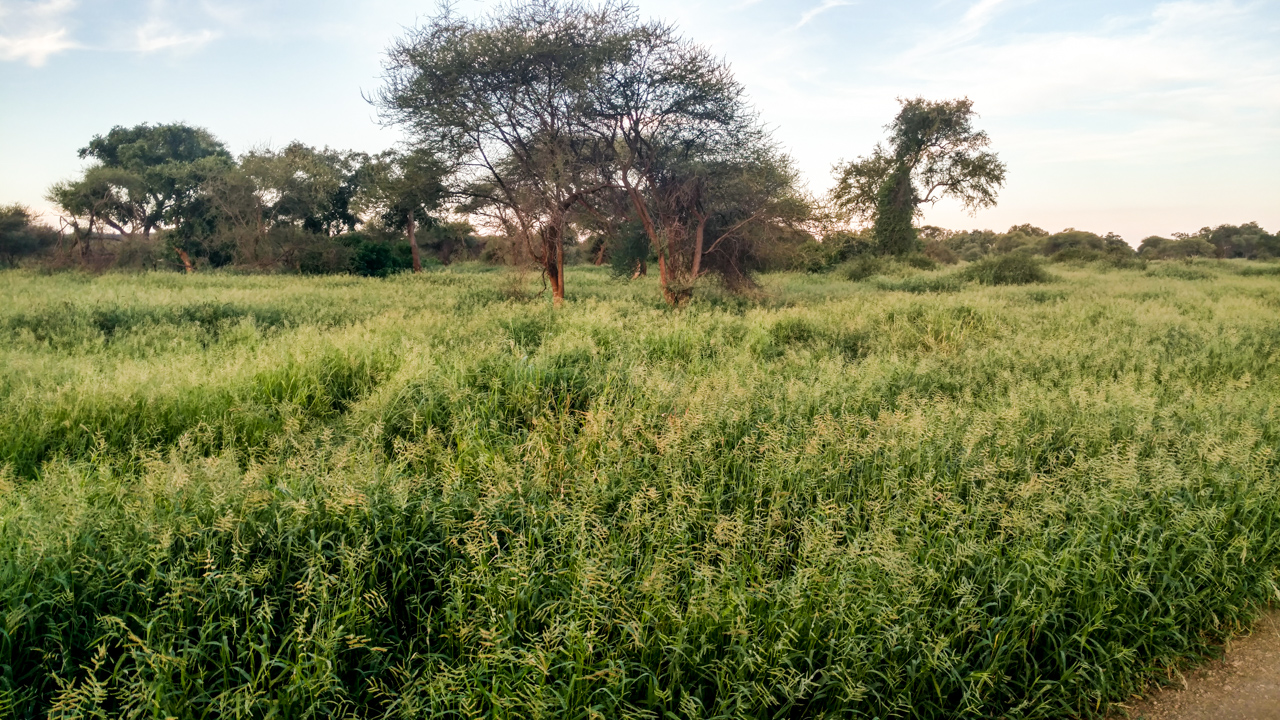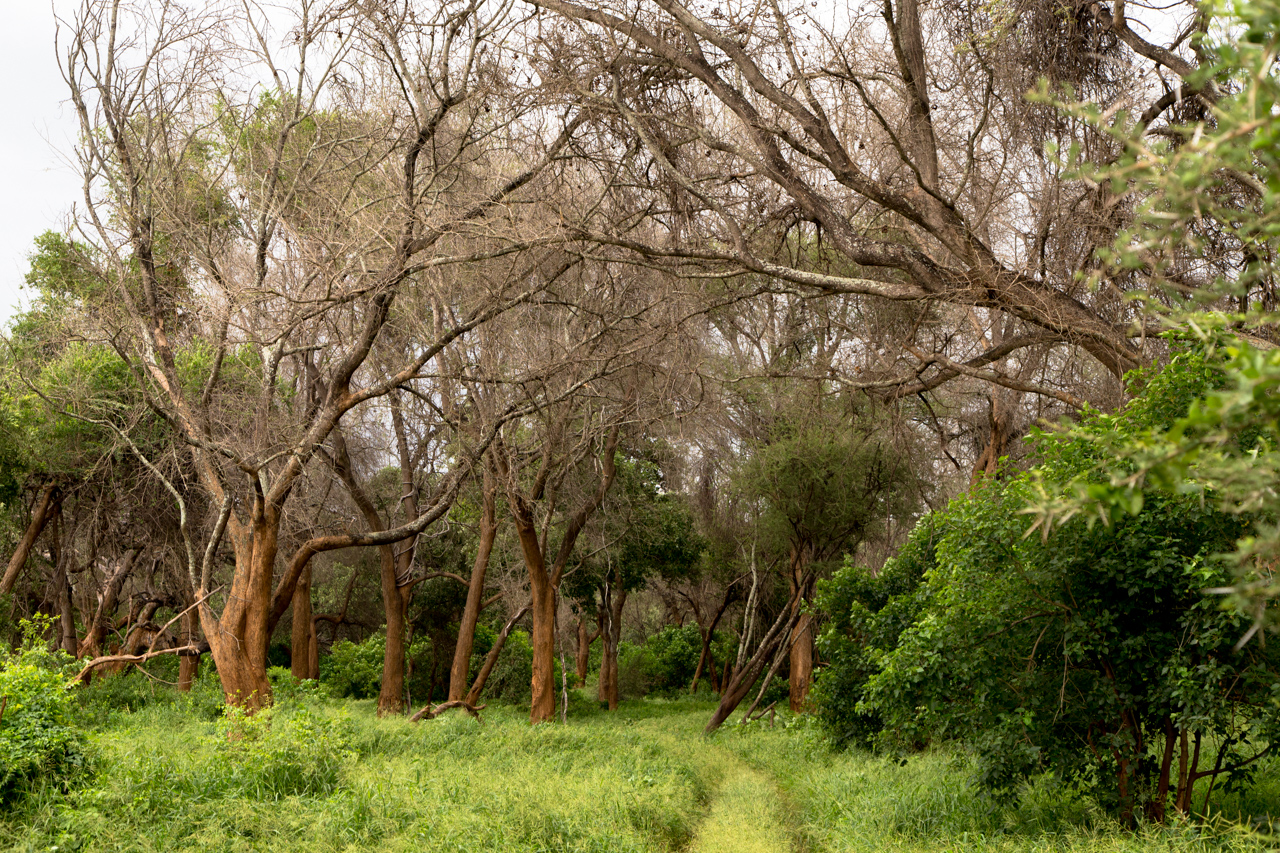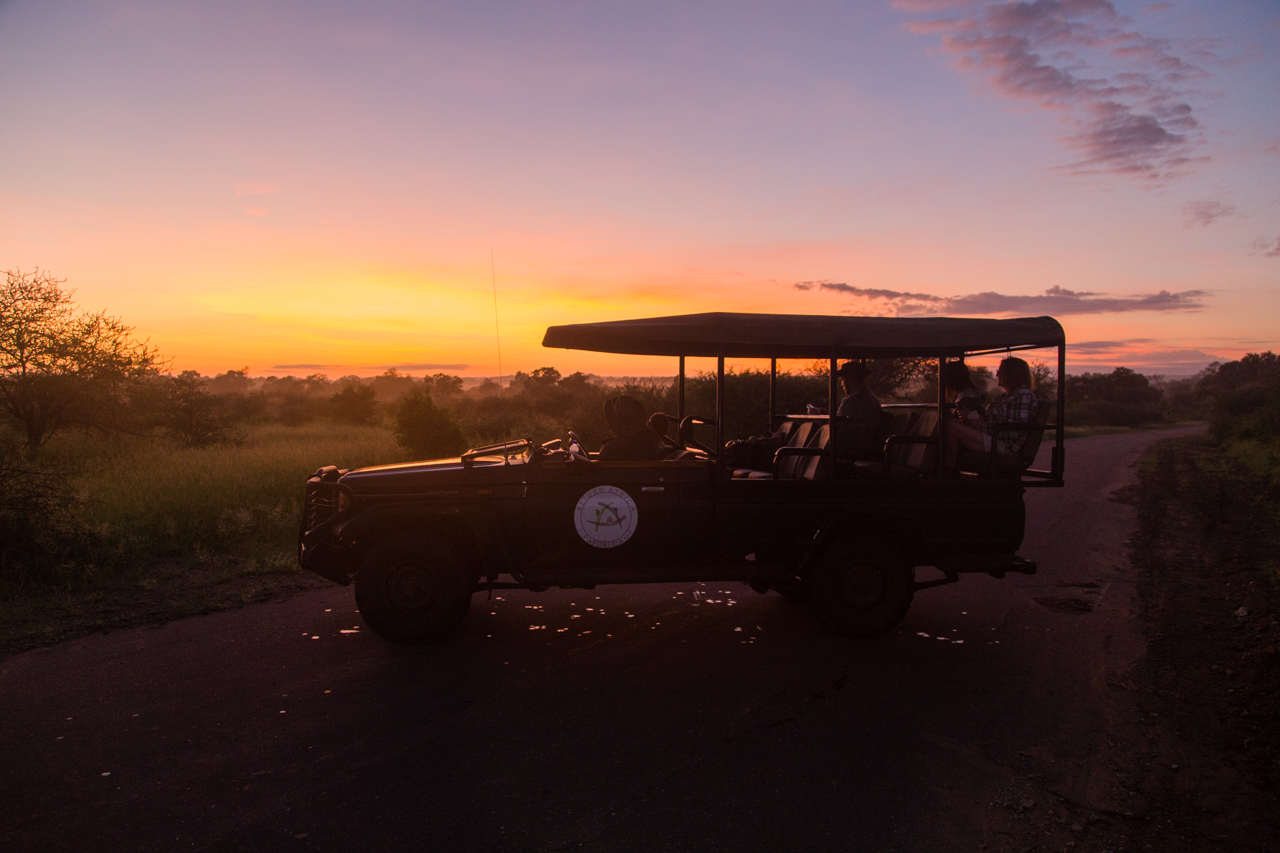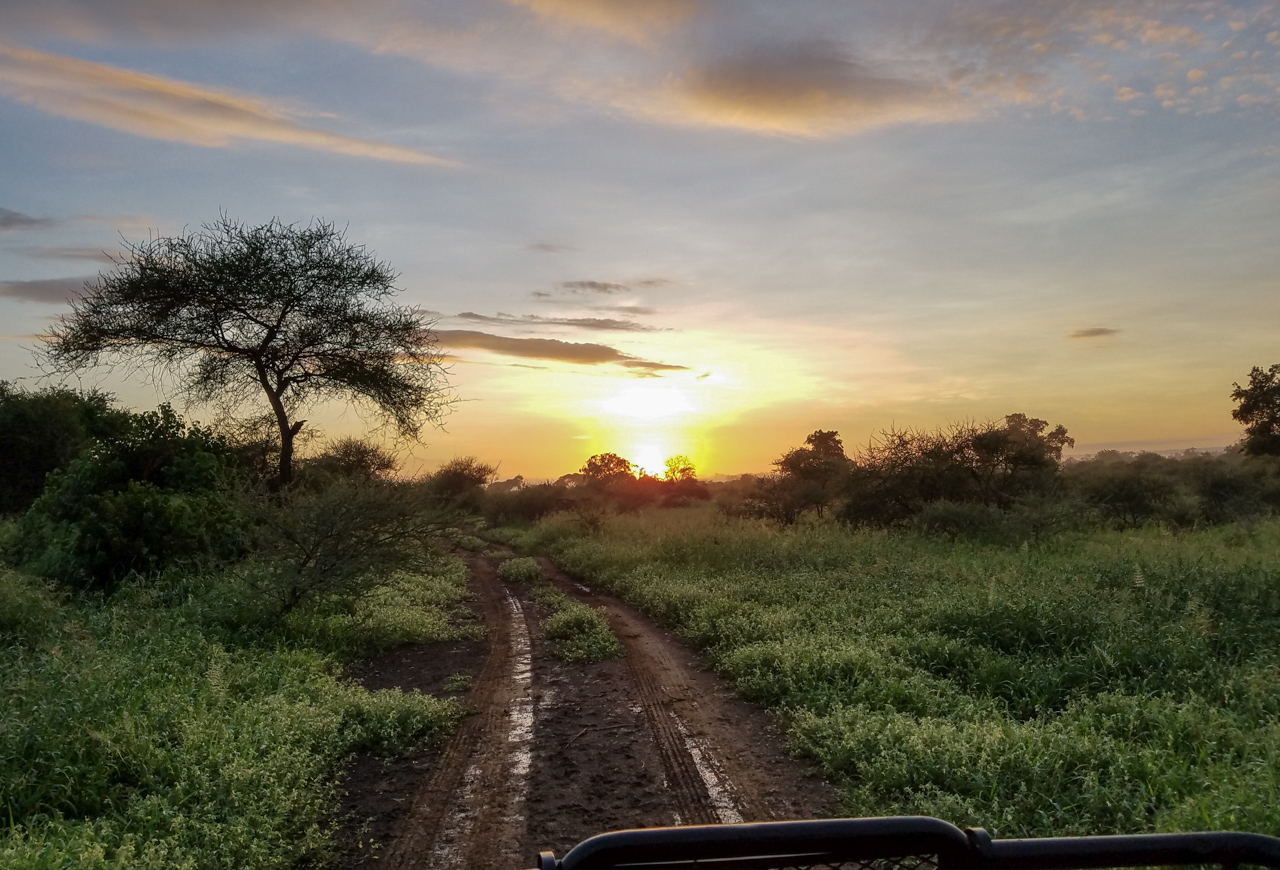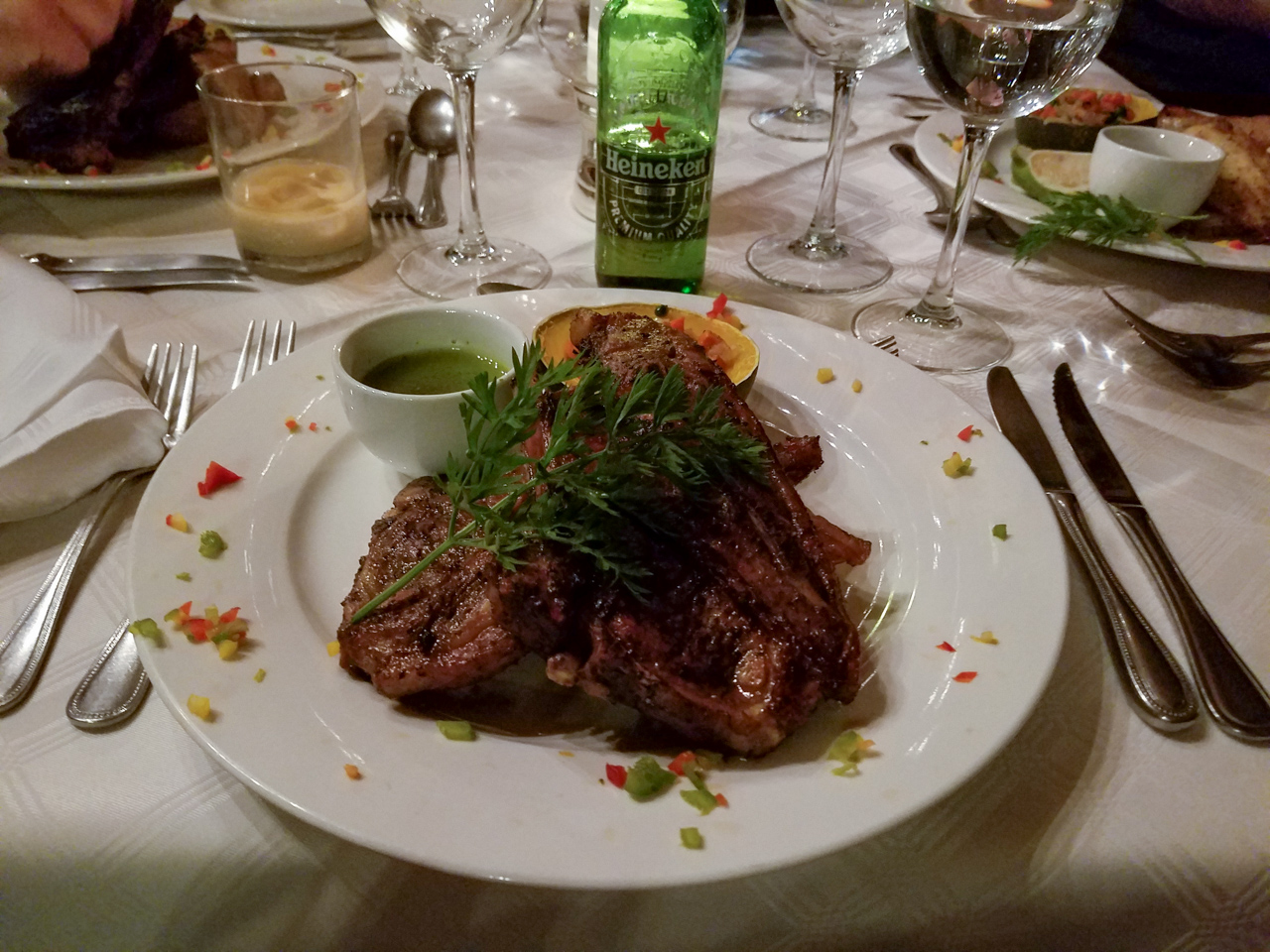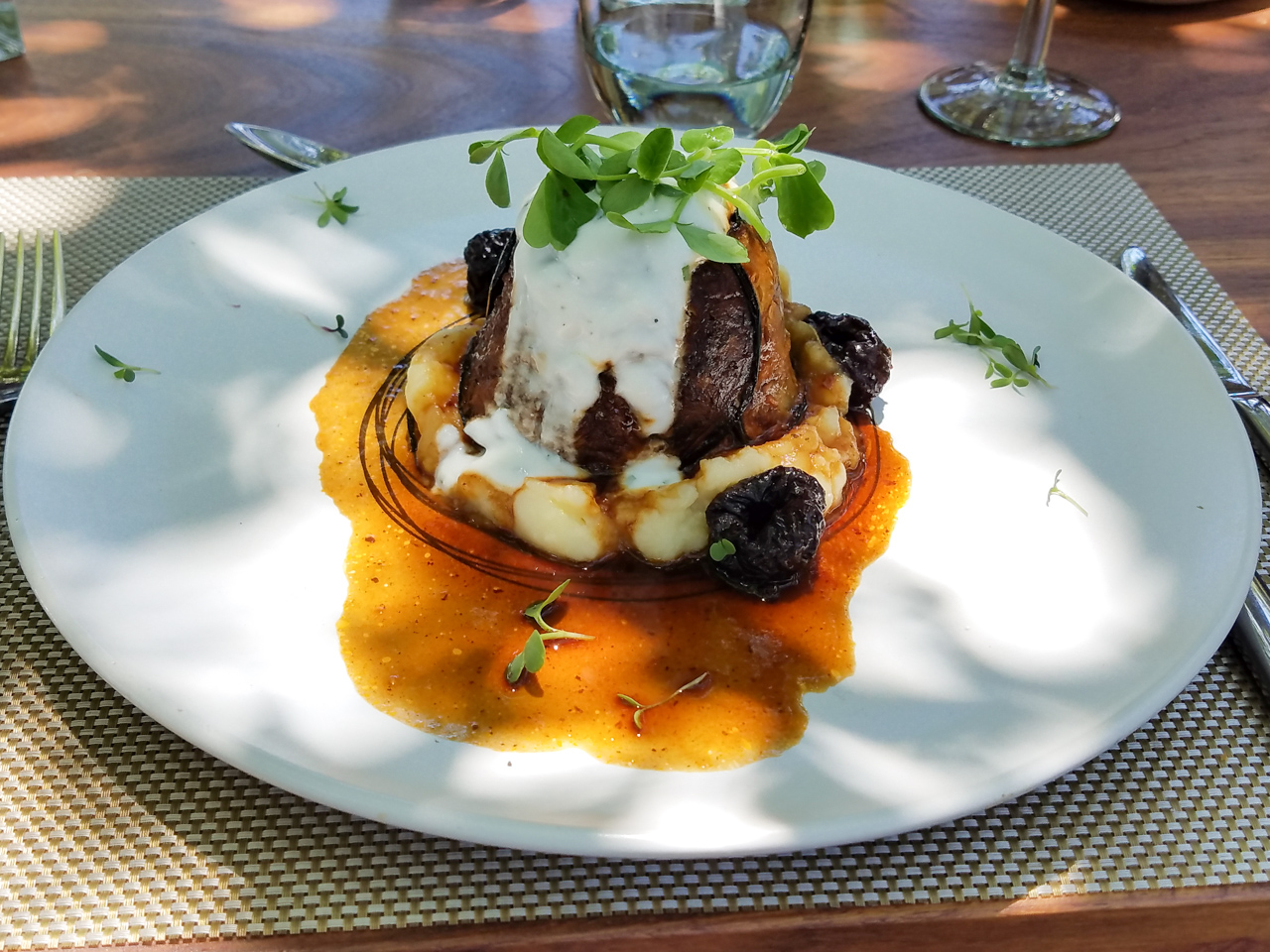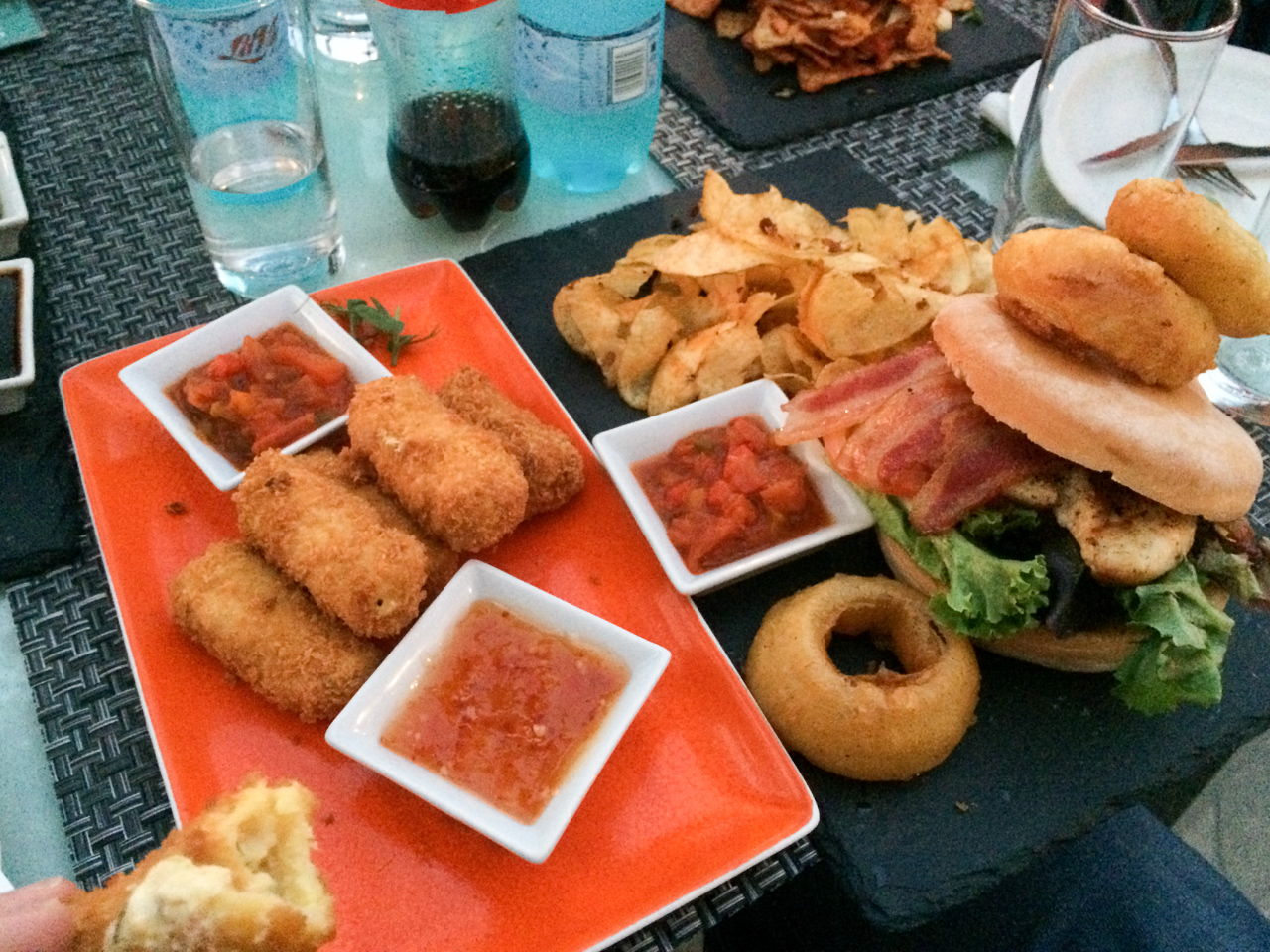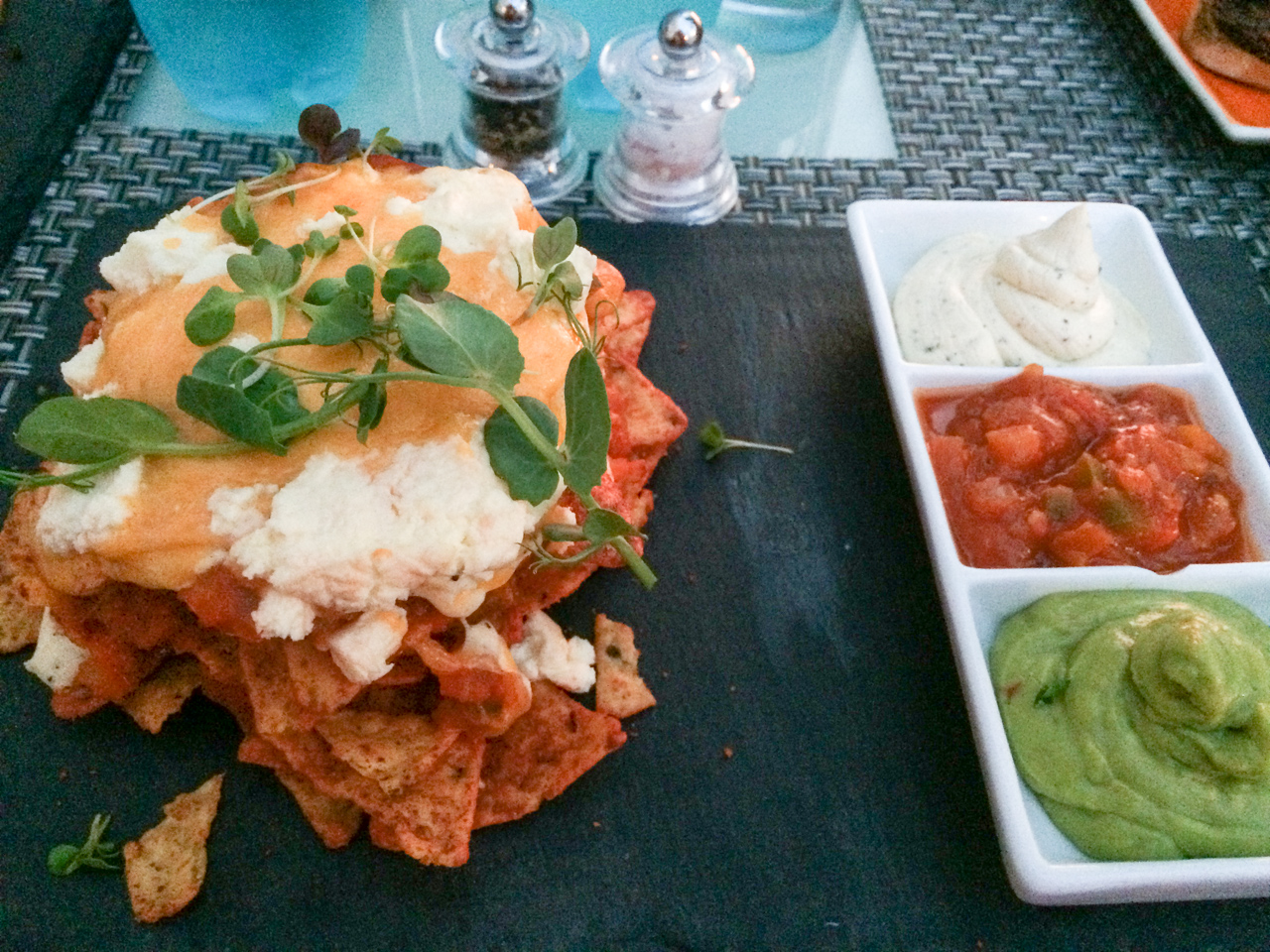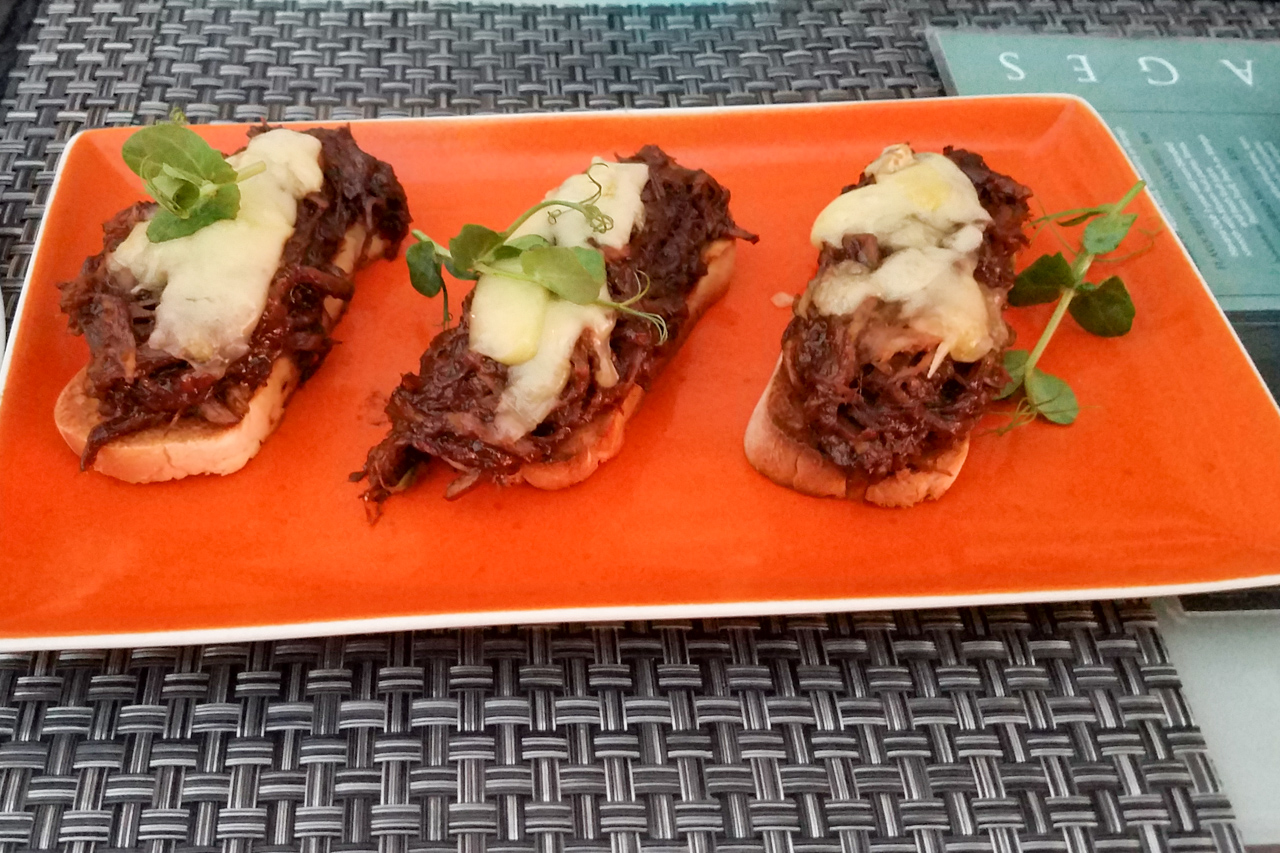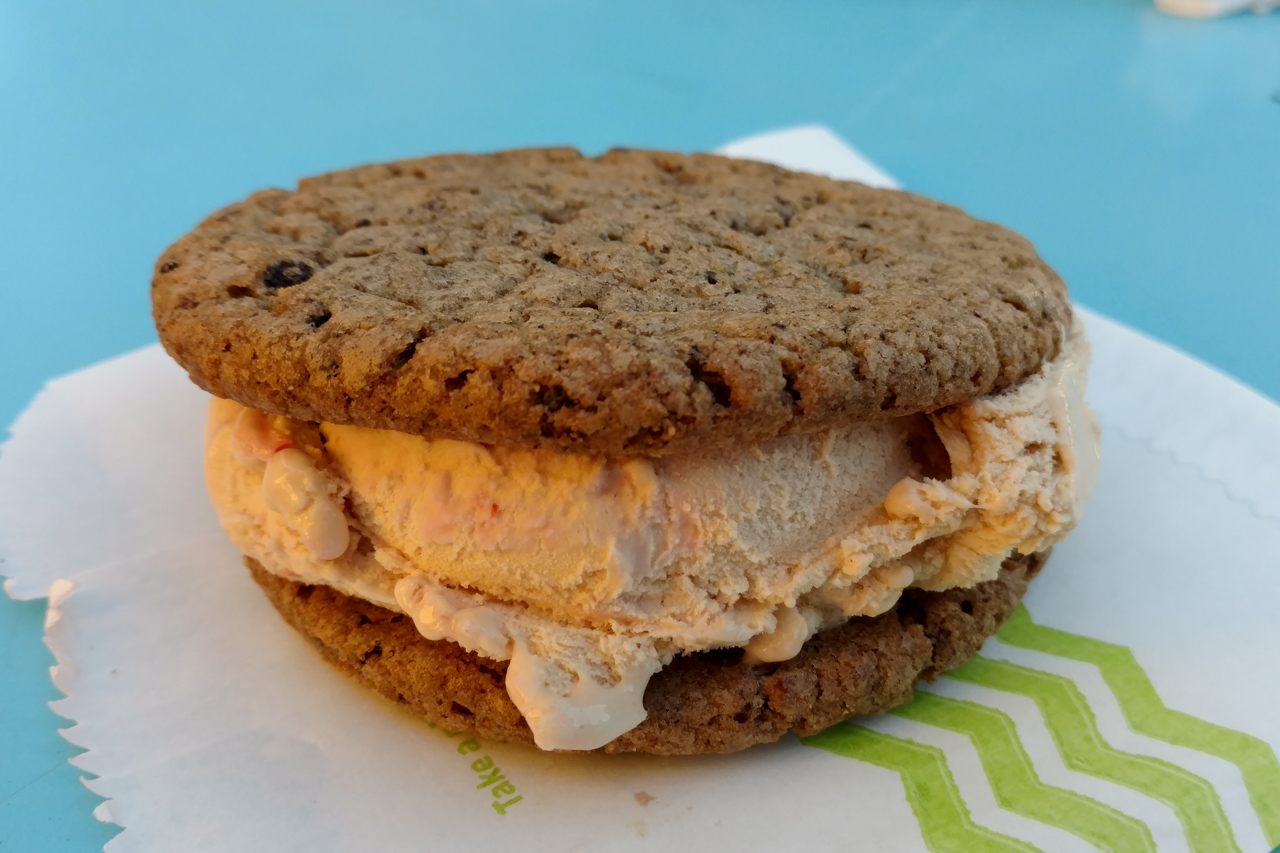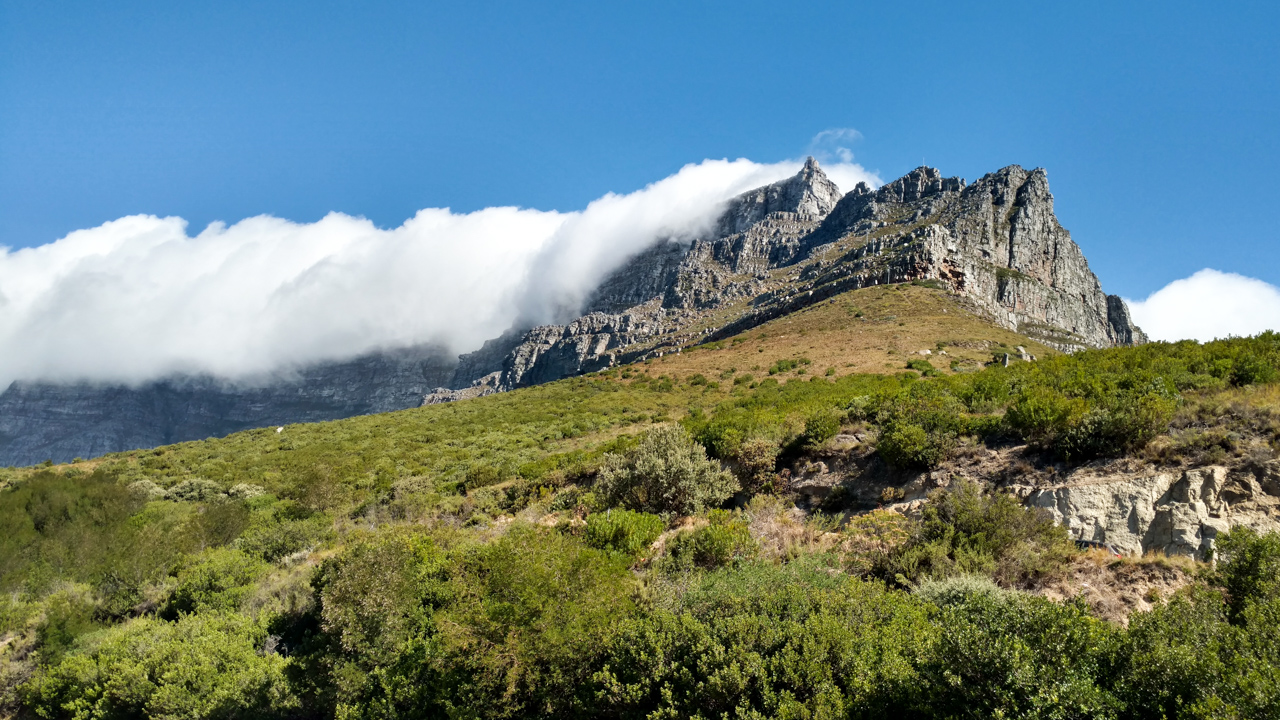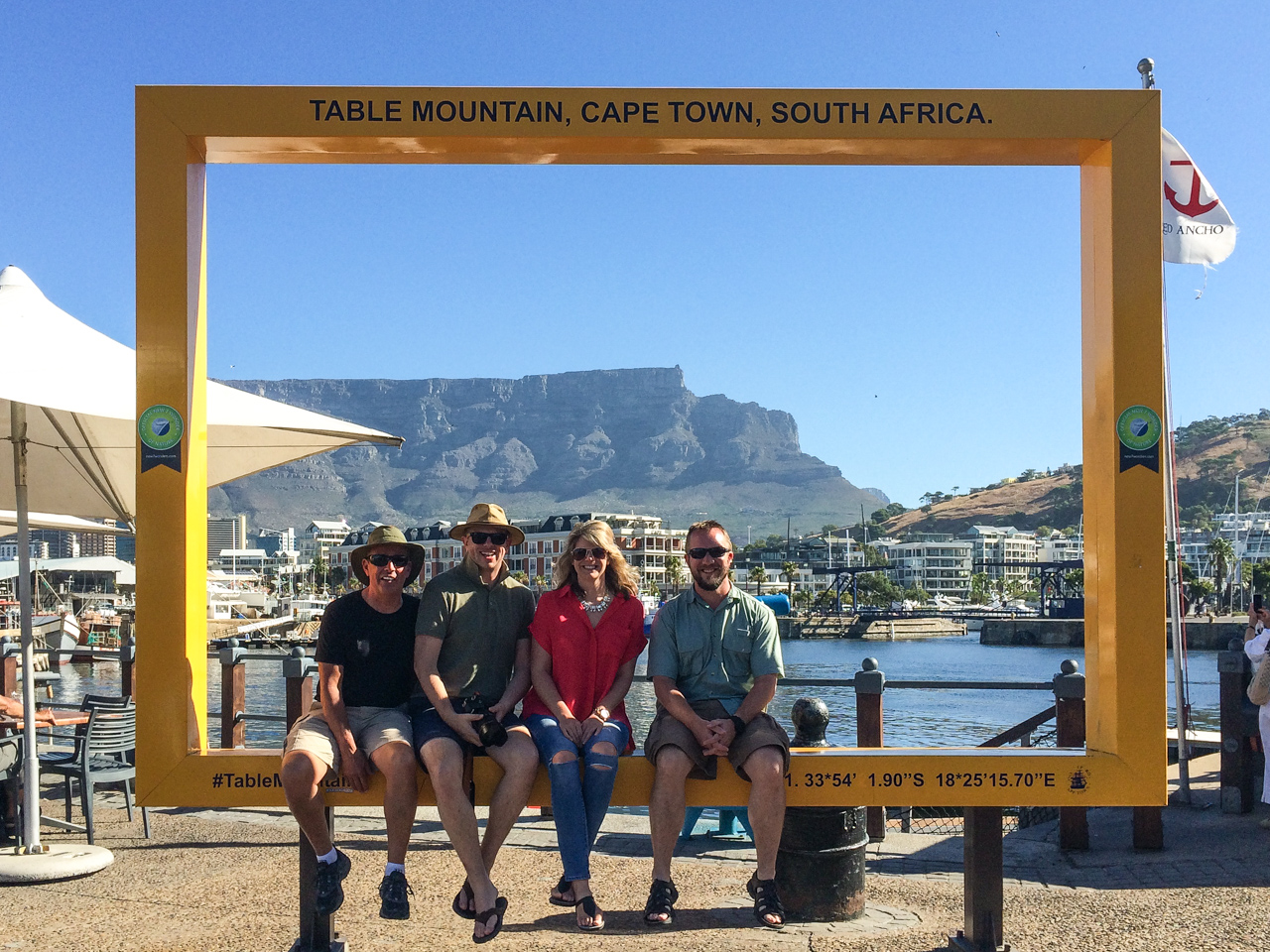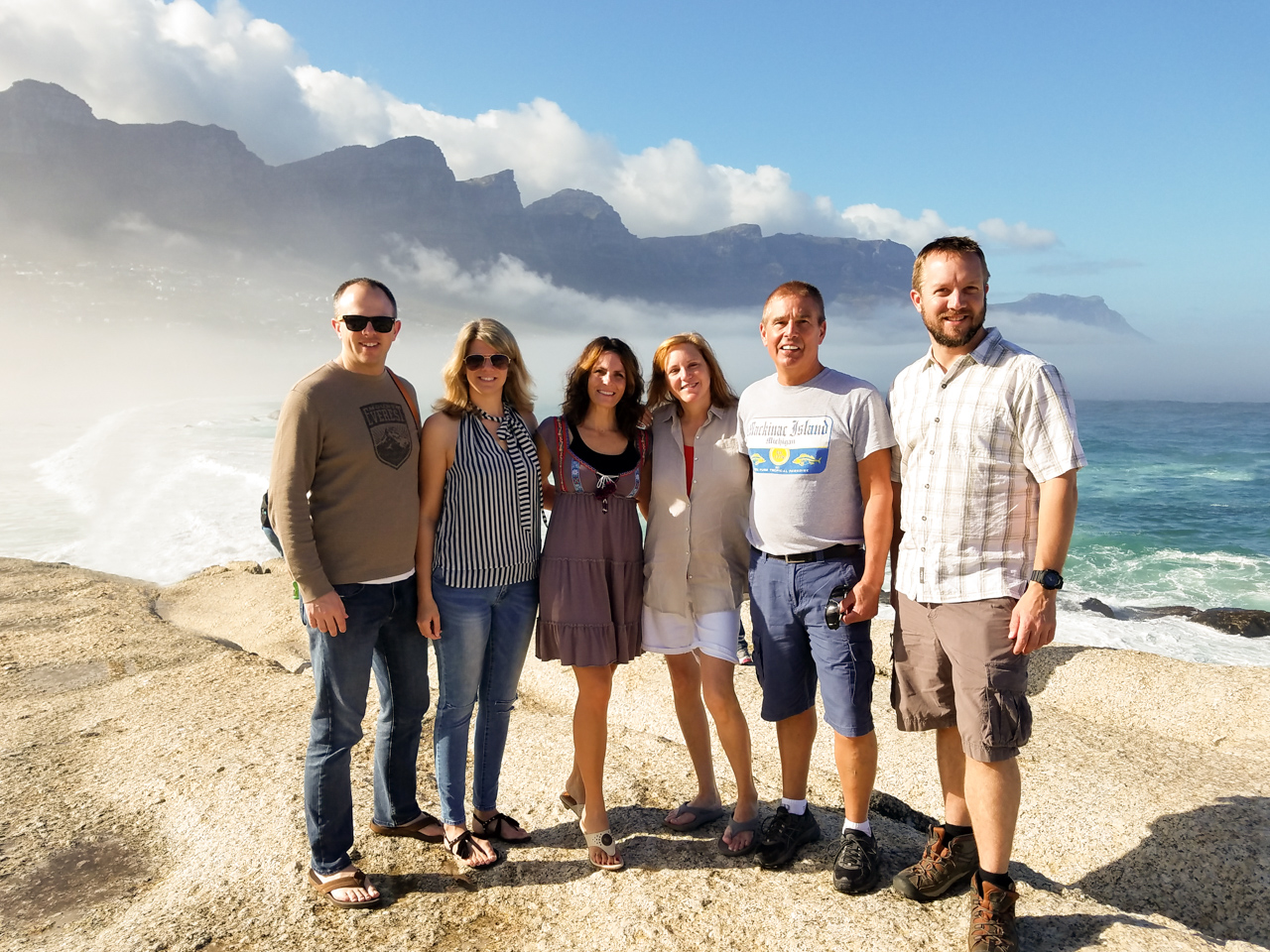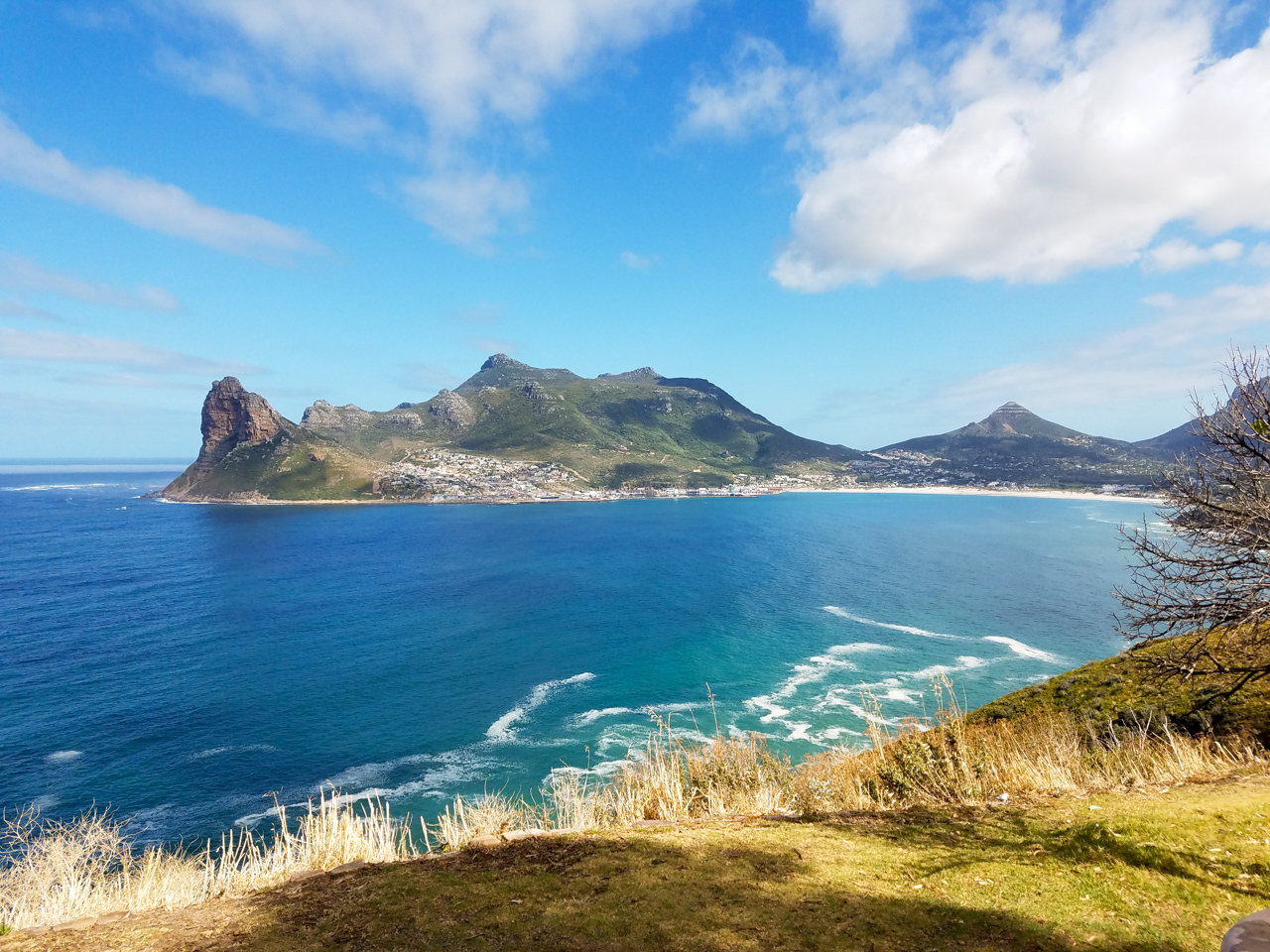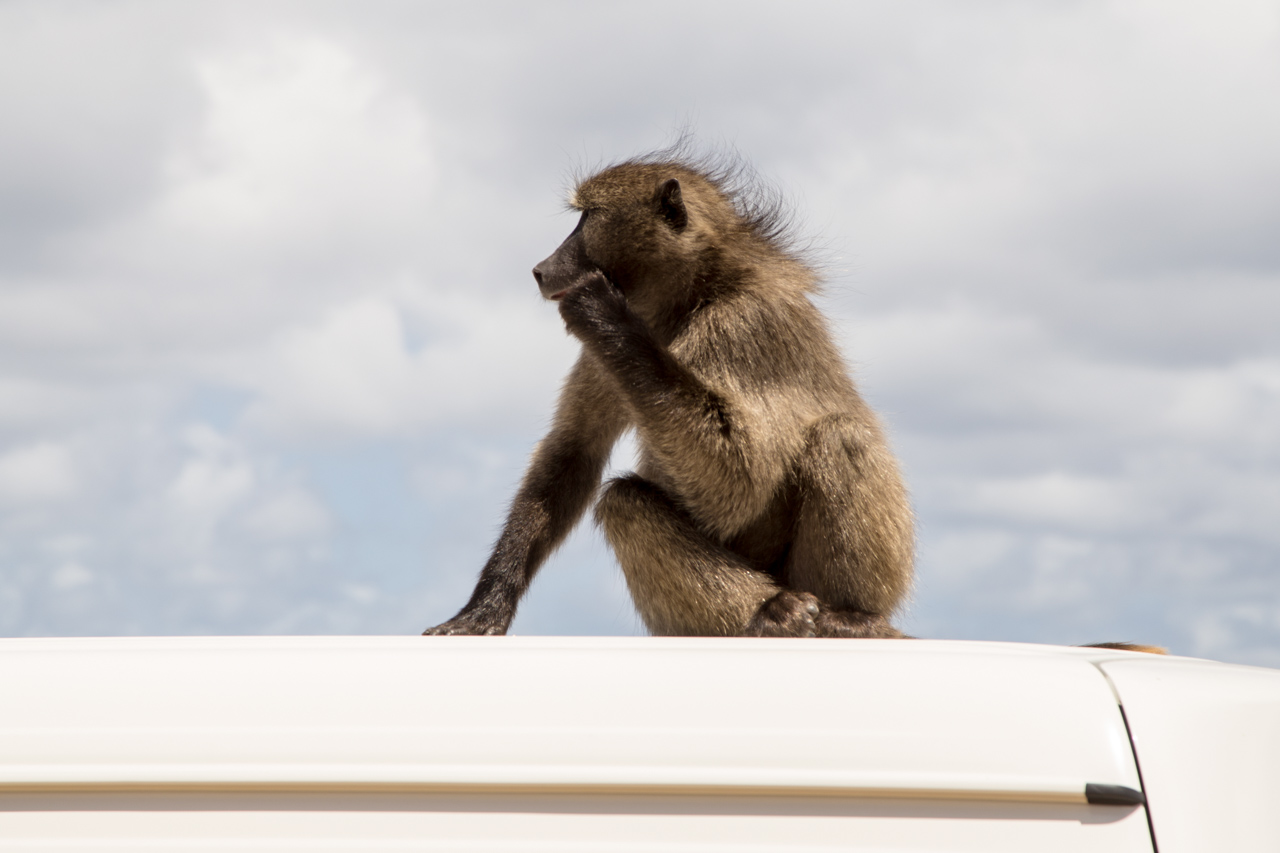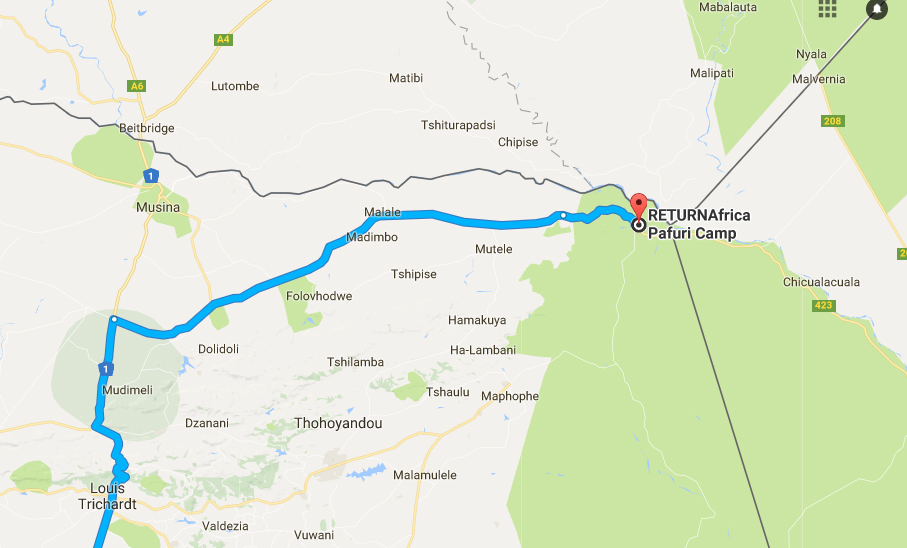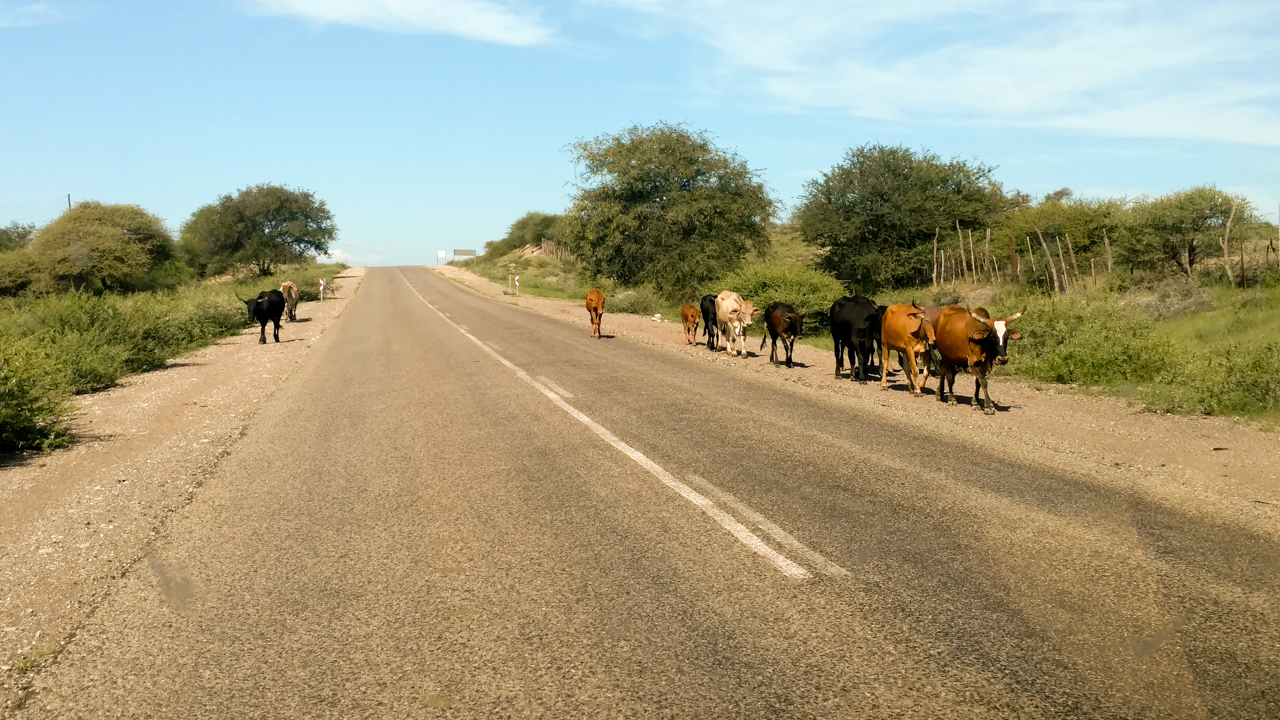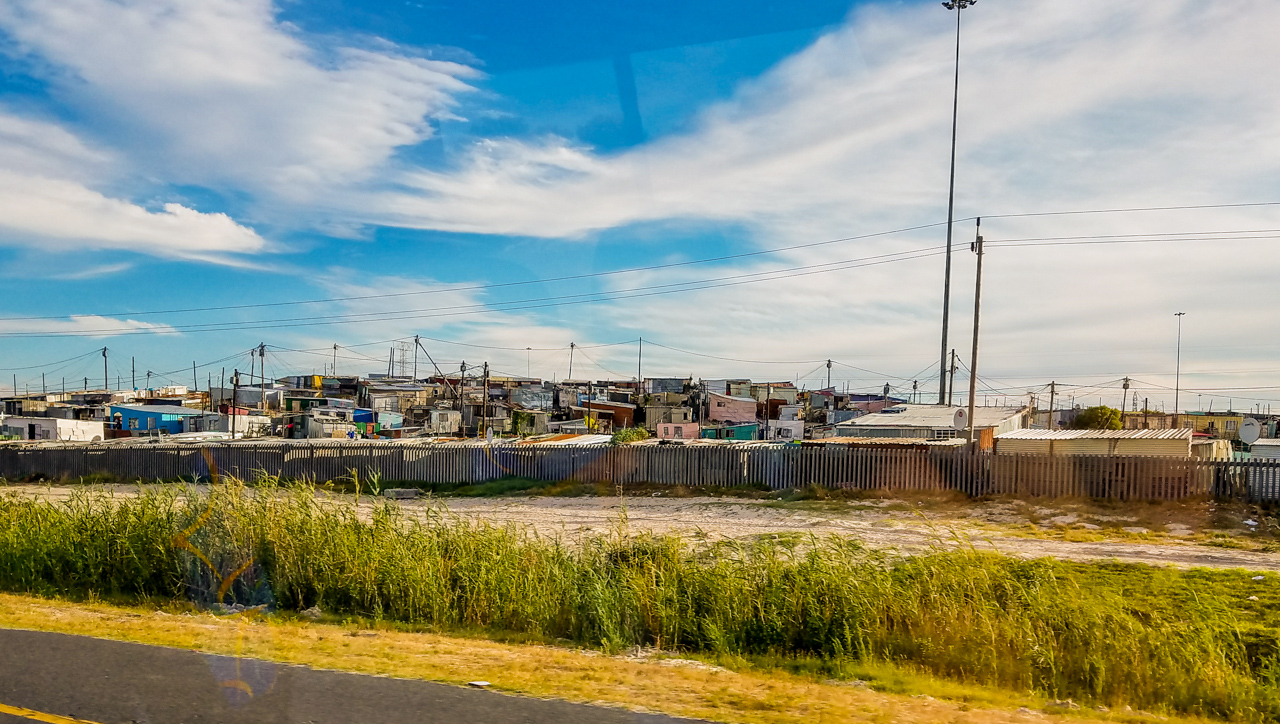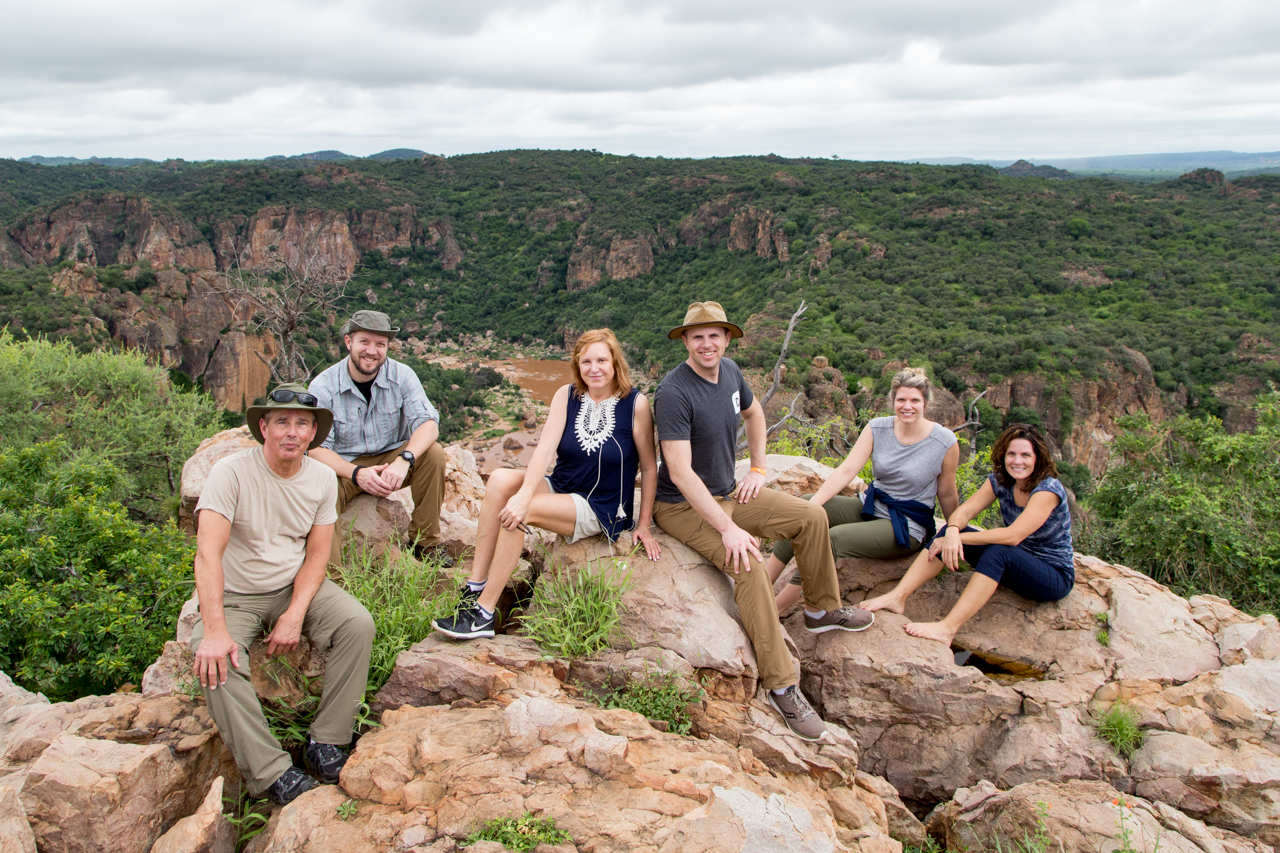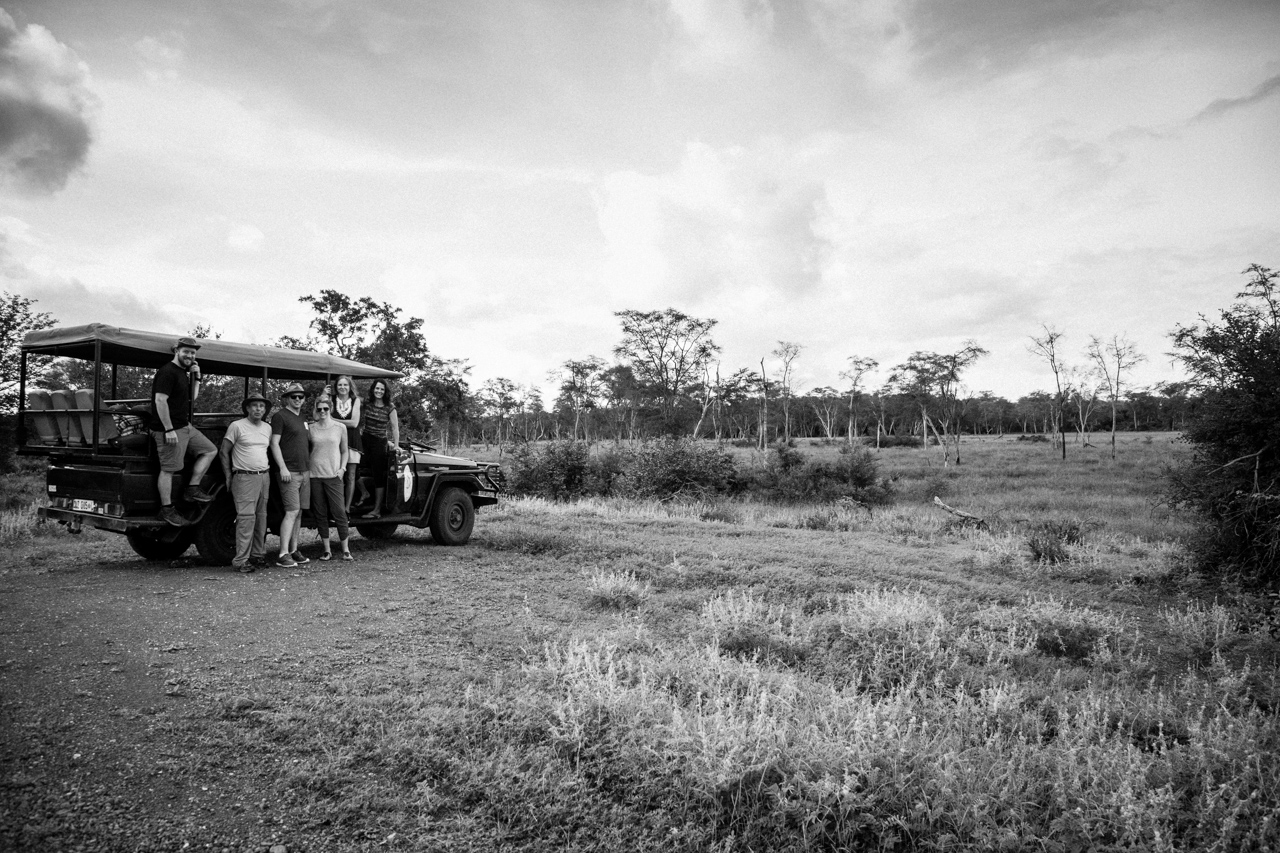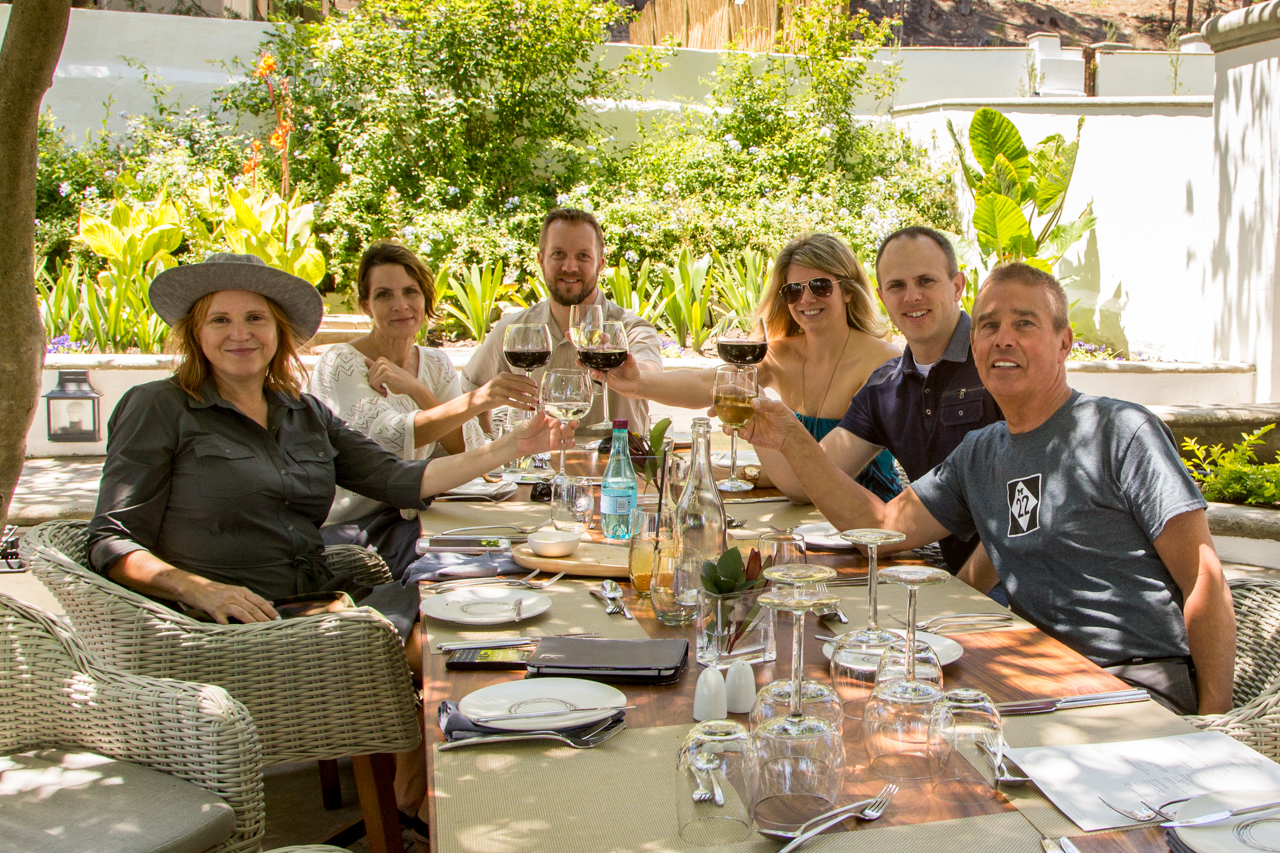20 Most Surprising Things about South Africa | Travel to South Africa
In July 2016 Rebecca and I found some great flight deals to South Africa. We had been looking for a while.
We tossed out the idea of going on safari to a few friends who had expressed interest in traveling with us in the past.
(If you're interested in traveling with us, join our Facebook group "Adventure is Calling")
We found 4 others that said they were interested and committed to going on the trip.
It was all self planned with the help of Gavin in Cape Town, owner of Extreme Scene who helped book some of our excursions (and who we would highly recommend).
So what did this group of travelers experience and learn about South Africa?
1) The Expanse of Wild and Unsettled Land
Arriving in South Africa, we really didn’t know what to expect. We thought we knew what we were in for, but quickly we realized how “wild” and unsettled the majority of the land is. If you love open spaces with different types of topography, South Africa is for you.
2) How BIG South Africa really is...
The distance from our second safari camp in the northeast corner of South Africa to our hotel in Cape town, when driven is 2,045 km or about the same distance as Grand Rapids to Orlando. We see the bottom of the African continent and think “oh, it can’t be that far…” but yes, yes it is and therefore it’s impossible to see everything in one trip.
3) Safaris are POSH
We stayed at two different safari camps over the course of 6 days. Our first was a private game reserve called Itaga Private Game Lodge, which is on a 30,000 private acre (45 sq miles) reserve that is fenced in. There were only 8 rooms on the property and the staff is there to take care of your needs. Food was some of the best we’ve ever had and staff went above and beyond (and yes, that is an elephant at the lodge while we ate dinner).
The second location was at Return Africa Pafuri Camp, located about as far northeast in the country as you can go. The camp has 19 designer tents with en-suite bathrooms located directly on the Luvuvhu River. The camp has no fences but is built like a treehouse, above the ground with large trees coming through the main walkways.
We were taken care of by both camps in ways we never expected. Dinner by candlelight where you get to set the menu. Coffee and snacks on safari in the morning while out seeing animals. Your favorite drinks and snacks for “sundowners” while on viewing animals in the late afternoon and early evening.
The experience is everything you see in the movies and more!
4) Extreme Sport Country because stuff there can kill you
GoPro ads are everywhere in South Africa. It may be because thrill seekers visit the country for it’s extreme sports.
They are mainly extreme thought because stuff in South Africa can kill you.
It’s not just a snake, it’s a black mamba, also known as the “one step” because that’s all the further you’ll get if you are bitten by one.
It’s not just a shark, it’s a great white shark that since it doesn’t have hands to find out what you are has to use a mouth of razor sharp teeth to “taste” you.
5) An Elephant Can Outrun a Lion and Are Apex Animals
We were able to observe a male elephant eating not too far away from our safari vehicle. As he was feeding, our guide recognized some unusual behavior. Well his hunch was right as the elephant stumbled across a lion laying in the grass. Since it was a male lion, the elephant began trumpeting and charged the lion.
Eventually the lion was able to sneak away from the elephant, but we realized the elephant is the apex animal of the bush. There is only record of one pack of lions hunting elephants in Botswana as a pride, otherwise the only threat to elephants are humans.
6) Your Guide Becomes Family (And For Us, A Younger Brother)
As we said, safaris are posh. Your needs are taken care of while out in the bush.
We were taken care of by a couple of specific individuals while on safari. All three were young men who made sure we had breakfast, our favorite snacks, drinks and then were responsible for making sure we experienced the wild animals of South Africa.
At Itaga, we were taken care of by Richard and Carl. Both were under 22 years old, had been guiding for just under a year, but both had experience outside of the world of guiding and eco-tourism.
At Pafuri, our master of ceremony was Calvin.
Upon arrival we were introduced and told he would be making sure we enjoyed our time at camp. This meant that instead of an alarm clock waking us up, he would come near our tent at 5am and say “Good Morning…” until we were awake.
He introduced us to the “choclachino ”, a half cappuccino and half hot chocolate coffee drink while out on safari. When we visited some of the gorges or other spots, he would carry snacks and drinks with him and make sure to serve us.
Throughout the trip, guides do not carry guns of any sort. The vehicle is the safest place for any person out in the wild. However, if we were to take a walking tour (which they offer in the winter months), there are two guides with you and one of the guides carries a rifle at all times.
We were amazed at how young the guides were, but over the course of our trip, we realized the tourism game is a young person's game. Getting up at 4am every day you have guests, taking them on multiple safaris, maintaining roads and vehicles, expanding your knowledge about wildlife, serving guests, etc, seems to burn people out after a while.
7) Cheetahs are Big House Cats That Purrrrrr
One of our excursions on the first day was to go visit with cheetahs. What we discovered is cheetahs are just large cats that are very thin. If you notice, cheetahs are very slim. That is to help them run, which is their only form of defense in the wild - running toward their prey or away from an enemy.
Even their tails are skinny. It is tall top to bottom, but is very thin as it matches their bodies.
And to pet cheetahs, you pet them like a house cat, from head to toe making sure to not put your hand near their mouth.
8) Great Whites Really Are That Scary and Big
Great white sharks are amazing creatures. It was one of the things we’ve been dreaming about for 10 years, going to see white sharks in their natural habitat.
So we found a guide in Cape Town that helped us book a tour with the guy who is hired by Discovery for Shark Week. When you see all the great white sharks jumping out of the water, that is where we went, Gansbaai and Dyer Island better known as Shark Alley.
The cage was in the water, the tuna head was out and the crew was chumming the water. When the first white shark breached the water and hit the bait, WOW, talk about power and adrenaline!
9) Wildlife was amazing: hippos at night, Nyalas under our hut playing, warthogs running through camp
If you love viewing animals, a safari is what you need!
Through the course of our stay we saw all kinds of animals, but what was crazy was how close we were to them.
Just at Pafuri lodge, we had hippos outside our door at night feeding on the grass. We also had a bachelor herd of male nyalas (spiraled horned antelope) under our deck playing and fighting with each other. Their horns scraped across the bottom of our room. We also had warthogs running through camp as well as baboons.
People go to see the “big 5” of elephants, lions, leopards, buffalo and rhino. We saw elephants, lions and buffalo but in the areas we went the leopard and rhino are evasive and not always seen.
10) Trees as old as Jesus (Baobabs)
Have you seen the “Tree of Life” at Walt Disney World’s Animal Kingdom? If you have, then you’ve seen a Baobab tree.
Baobabs are not even really trees. They are succulents, which means they don’t only use their bark to transport nutrients throughout the tree.
This helps because elephants are famous for eating the bark off the trees.
Baobabs are known to be as old as 2000 years in parts of the world, including Pafuri.
11) Tall Grass and The Amazing "Green"
January in South Africa means summer.
It means hot temperatures and rainfall. In fact, in Kruger, most parts receive rain only 90 days out of the year.
That means during our visit, animals had an abundance of water to drink and food to eat.
Grasses grow as high as a 6 foot man, which is why it’s never safe to simply “go for a run” in the bushveld. Imagine stumbling on a lion, buffalo or elephant?
12) Sunrise is The Best View
One of the things we wanted to see was sunrise on the savannah. We know animals usually bed down for the night, but sunrise begins their daily cycles all over again.
So one day our guide, Calvin, woke us up at 4am and we were in the car by 4:45am for the sunrise.
We didn’t see another person as we were the only people in Pafuri camp for the night (yes, we had the entire place to ourselves).
Watching sunrise for an hour was indescribable.
13) Springbok is delicious (as were all the meals we ate)
We didn’t know what type of cuisine we would be eating in South Africa. It’s just something that we didn’t look into prior to leaving.
While there we discovered the Dutch and English heritage of settlers means the diet is very European-esque, with a flair for South African finishes.
One of the meals we ate was Springbok, which is similar to an antelope. It was prepared like a traditional rib roast, was tender and falling off the bone.
South Africa was the best “food” vacation we’ve had as prices are low and food quality is high.
14) Topography of Cape Town and Cape Pointe are stunning
When you think of Cape Town, what do you think of?
I thought of extreme sports and the Cape of Good Hope.
Never did I realize the spectacular views and topography of the area.
Who would have thought that Table Mountain would rise over 3,000 feet from the sea floor to dominate views?
Who would have thought Chapman’s Peak and Hout Bay would provide some of the most memorable views on a drive we’ve been on.
Cape Town itself has Table Mountain, Signal Hill and Lion’s Head all within the city limits, which means the city is broken into different districts.
Cape Point has not only the Cape of Good Hope, but also the meeting of the Atlantic and Indian ocean currents as a sight (yes, there really is a line you can see where the two meet).
15) Gunshot Sound is Required to Get Baboons Out of The Van
During our visit to the Cape of Good Hope (which was a zoo), our guide, Stan, made sure to teach us about baboons and how they are not the most friendly of animals
While there, we needed to make sure doors to the van were closed at all times as baboons are scavengers and opportunists, getting into whatever they can.
So we made sure to follow his instructions. However, the van next to us did not.
After leaving doors open while viewing the area, they discovered a male baboon inside their vehicle upon return. It was rummaging through all the bags and items in the van.
Stan, a veteran of the tourism world for 20+ years, told us to “watch this”.
He knew that the back doors to the van, along with the side sliding doors needed to be open. He then stood outside the side door with his belt, smacking it on the ground, making a “gun shot” like sound.
The baboon scurried out the back of the van but not without leaving his mark.
The mark of baboon poop throughout the van (because he was scared) and making off wearing a mans hat and carrying a ladies hand bag.
16) Small Things Can Be The Most Beautiful (and memorable)
Throughout the safaris our guides would be driving along and stop to show us something that we would have never noticed without their expertise.
We were introduced to wild basil, trees that animals eat the bark from and the Yellow Mouse Whiskers flower. Something so small can be the most memorable.
17) Places in the world with no address, need GPS coordinates
We decided to visit the Return Africa Pafuri Camp because it was listed as “one of the most true safari experiences” by several publications (including TripAdvisor).
Most people fly into the area, but we decided to drive (as there were 6 of us). Flying would have been easier as it was a 7 hour drive from Johannesburg to Pafuri.
But it was so remote, our GPS didn’t even recognize it.
Our final turn off the main highway, the N1 (which is a 2 lane road at this point) was a right hand turn that took us another 151 km straight ahead with only a few places to stop along the way.
18) Get Full Insurance On The Car (don’t get too close to animals)
There are all kinds of videos and stories of people doing stupid things while on safari. Getting too close to the animals is one of them.
The Avis staff member asked if I wanted “full insurance” on our van and I asked him, “do people say no to that question?”
His response was, “Yes, some people don’t want the insurance and end up getting sat on by an elephant. Don’t get TOO close to the animals, they are still wild.”
Yes, and we almost hit a giraffe while driving...
19) The Gap of Rich vs Poor
A shanty town with a million residents.
Compared with high rise apartments on the ocean, kids attending private tennis lessons and having dinner at the best restaurants in Cape Town.
South Africa is a country with a gap between rich and poor that continues to widen.
It was amazing to think about how shanty towns actually get started. A small group of people squat on an undeveloped piece of land. Then a few more join them. Then a few more.
Land owners appeal to the state to have people removed but police don’t do anything about it.
More people come and build homes out of whatever material they can find.
Any pretty soon you have 1 million people living these areas.
So to meet the needs of the people, the government builds an electrical grid inside the shanty town and gives access to clean water as well.
Compare that to Sea Point or Camps Bay in Cape Town, only 10 miles away, where infinity pools and high end gated communities dominate the landscape.
As one person stated while there, “The end of apartheid came in the 1990s but it didn’t change everything. It only delayed a revolution of oppressed people throughout South Africa.”
20) It’s Cheaper to Safari Than You Think It Is (exchange rate is in our favor)
We have talked with folks that have spent $5,000, $8,000, or $15,000+ going on safari in South Africa. While there are always to spend more money to do something, we found going on safari was very, very reasonable.
Since 2010 the buying power of the US Dollar has basically doubled against the South African Rand.
That means a hotel room that cost 1300 RND in Cape Town would have cost an American visitor $170 USD a night (approx). But today, with the exchange rate the way it is, that same 1300 RND hotel costs the same American visitor $100 USD.
The same can be said for finding a safari lodge to meet your needs.
We used the power of the internet (TripAdvisor and other review sites) to connect directly with lodges across the world and make arrangements for our group of 6 people.
From food to excursions to real estate, the US Dollar, like many other places, is dominating and it means you can have a great experience for less money.


